Travelling To Japan In 2022: Visa Procedures, Apps To Download & What To Expect After You Land

Travelling to Japan in 2022
Months after Japan first began to welcome travellers, the country is finally further easing its border control. With effect from 7th September , Japan will be doing away with several strict regulations that discouraged international visitors from entering the country.
However, before you hop on the next plane to Japan, note that there are limitations that come with the good news. Whether you’re poised to make the big move as a student or are simply looking to make a long-awaited trip to the country , read on for our ultimate guide on travelling to Japan in the 2022 pandemic era.
For more guides, check out:
- How to rent an apartment in Japan
- Anime speech habits to avoid using in real life
- Shopping etiquette to look out for
For tourists
1. non-guided packaged tours now allowed.
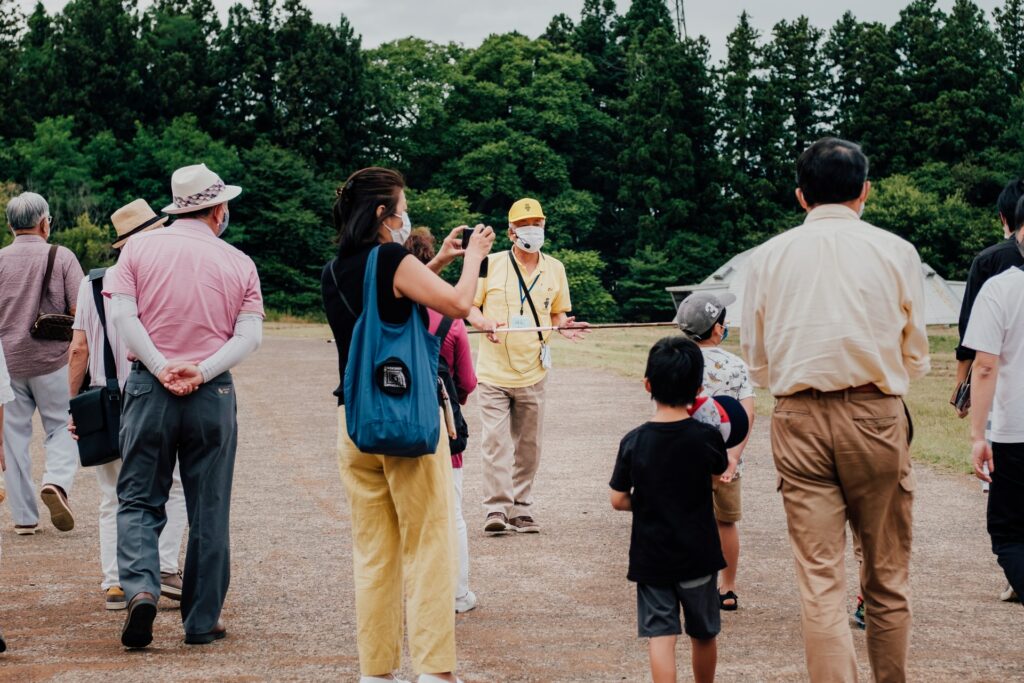
Previously, in order to enter Japan, international travellers had to be part of a pre-booked and guided tour led by a tour conductor. On 31st August, Prime Minister Kishida Fumio announced that with effect from 7th September, non-guided packaged tours will be allowed.
In other words, travellers will still have to book travel packages from authorised tour agencies, and adhere to the planned itinerary. This means that solo or free-and-easy travel is still not allowed, though visitors will no longer be tagged by a tour guide.
The daily cap of new entrants is also slated to be raised from 20,000 to 50,000 – more than double the current limit.
2. Pre-flight negative PCR test no longer required
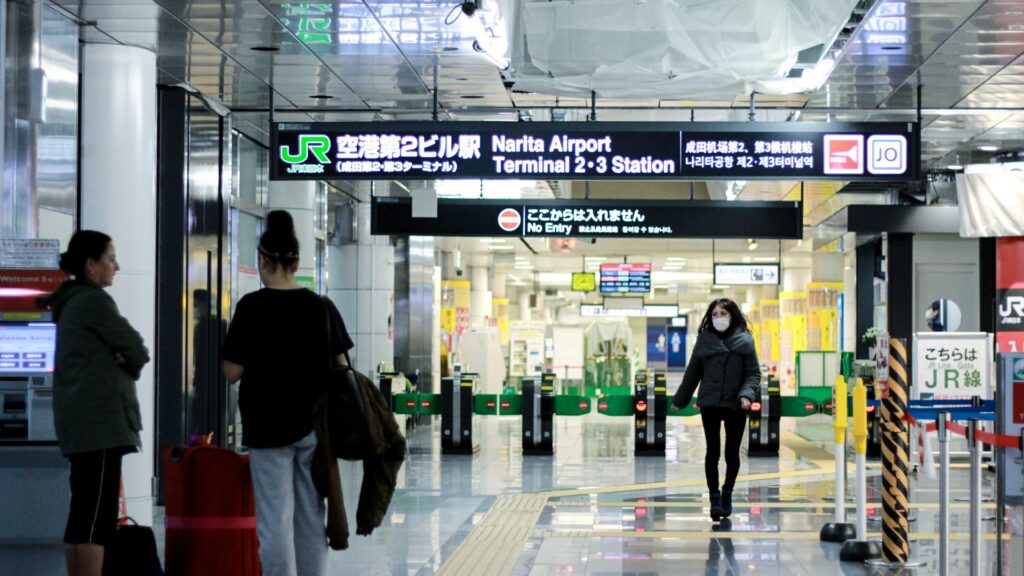
Previously, de pending on the country you’re from, you may or may not have been subject to quarantine. According to the Ministry of Foreign Affairs , countries or regions are classified as red, yellow, or blue. Passengers from the red group are required to do a pre-flight and post-arrival PCR test, on top of a 3-day quarantine as a designated facility.
However, from 7th September, individuals vaccinated with 3 doses of the approved vaccine, including a booster shot, will no longer need to test negative on a PCR test 72 hours prior to their flight.
3. International flights at Naha and New Chitose Airport to resume
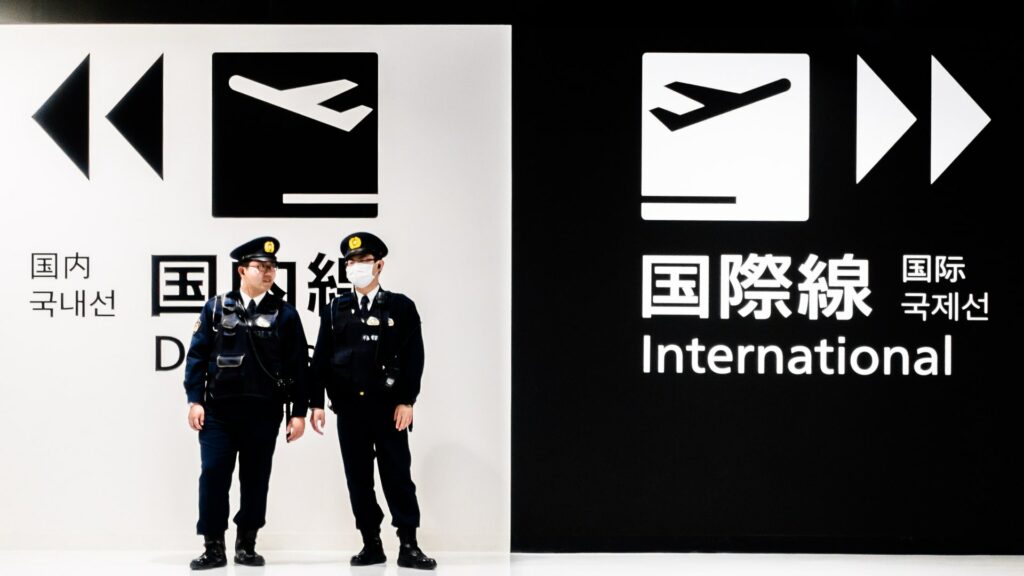
Besides the above, international flights are also slated to be resumed at Naha Airport and New Chitose Airport, gateways to Okinawa and Hokkaido respectively.
Currently, international flights can only land in 5 major airports, which includes Tokyo’s Haneda and Narita Airport, as well as Osaka’s Kansai Airport.
4. Travellers must be sponsored by Japanese travel agencies
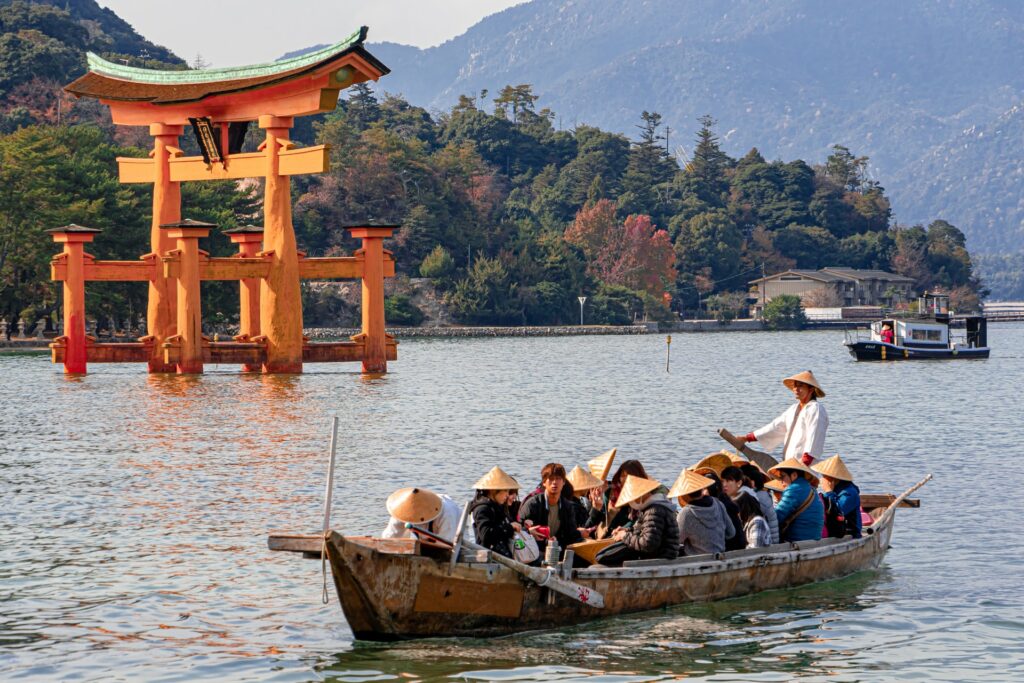
Once the packaged tours are open for booking, travellers will have to be sponsored by Japanese travel agencies or similar organisations. In other words, the agencies will act as your sponsor and are responsible for your being in the country .
According to the Ministry of Health, Labour and Welfare , the travel agencies undertaking the guided tour will have to register for the Entrants, Returnees Follow-up System (ERFS) on behalf of the participants.
Once successfully registered, a certificate will be sent to sponsors, and the certificate can be submitted to the relevant embassy for visa application, if there is a need for one.
For international students and business travellers
Applying for your visa, 1. getting a certificate of eligibility (coe).
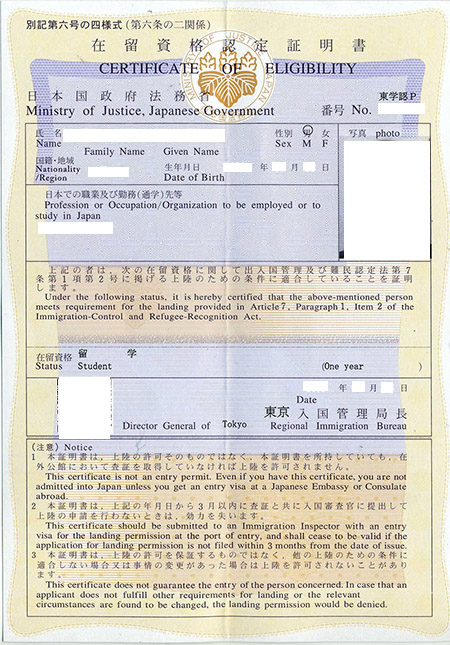
A Certificate of Eligibility , or COE for short, is your first step to entering the country. In a nutshell, it’s a document provided by the Regional Immigration Bureau , which certifies that the applicant has met all the requirements needed to reside in the country.
All paperwork and application procedures should be handled by your sponsor, which can be your employer, school, or relative. An important point to note is that your COE is not a replacement for a visa , but a required document that should be submitted to your local Japanese embassy during your visa application.
2. Registering for the Entrants, Returnees Follow-up System (ERFS)
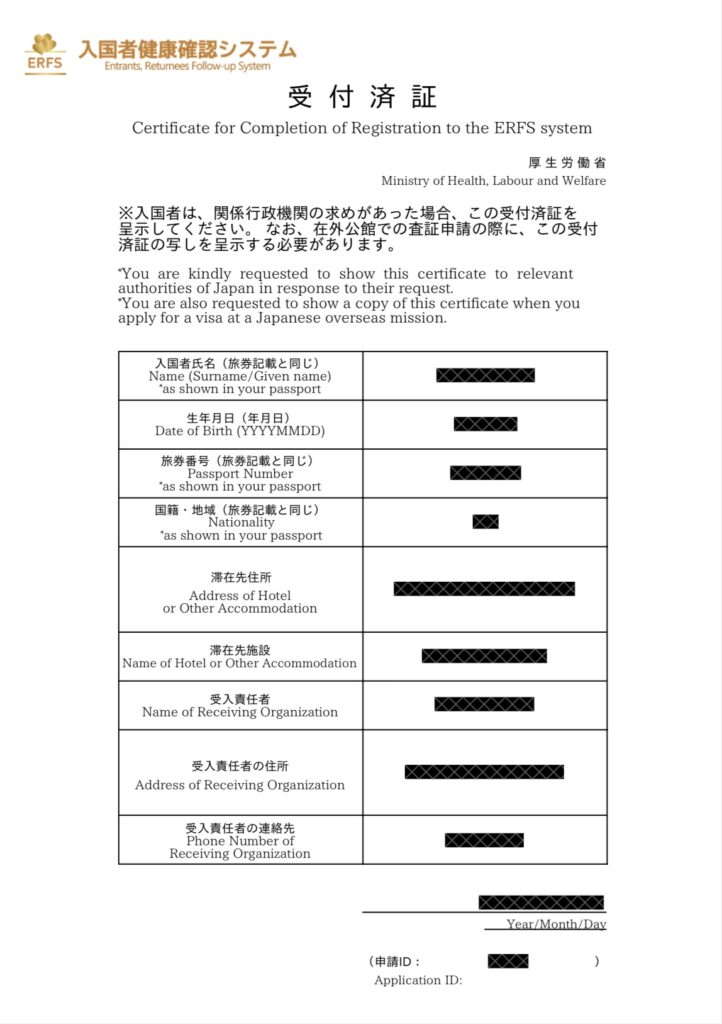
With effect from 1st March 2022, restrictions on new foreign entries have been revised. The new border measures now require an additional document on top of the COE – a certificate for completion of registration to the Entrants, Returnees Follow-up System (ERFS).
Like the COE, sponsors will be required to register the entrants’ information online . Once successfully registered, the certificate will be sent to sponsors , and foreign applicants can proceed to submit the certificate for visa processing.
3. Visa application
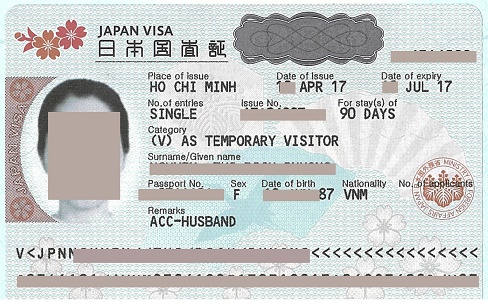
After gathering all the necessary certificates from your sponsor, it’s time to head to your local Japanese embassy. The list of required documents depends on factors such as your nationality, purpose of travel, and type of visa.
But in general, bring along your passport, a completed application form , photograph in the specified dimensions, your COE, and your ERFS registration certificate . Due to the pandemic, your local embassy may require visitors to book an appointment in advance, so call ahead before going.
Once the application is submitted, it should take a few business days . A gain, the duration varies , and you may return to pick up your visa once it’s issued.
4. Enter Japan before your COE expires
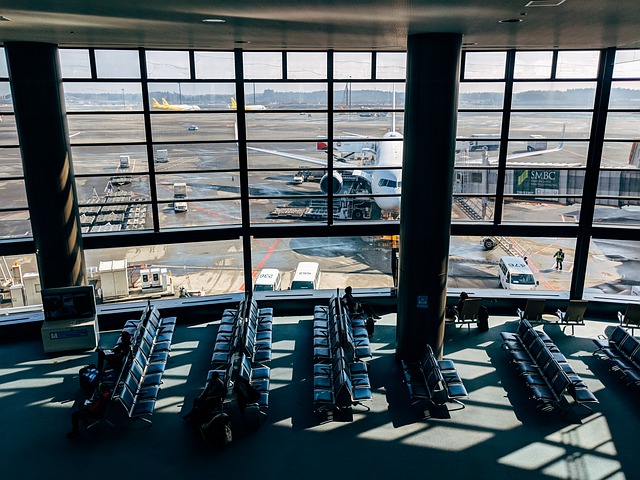
In principle, a COE is only valid within 90 days of its issue . Applicants have to enter Japan before the deadline, otherwise it becomes invalid.
But due to the ever-changing border restrictions, Japan has extended the validity period. For COEs issued between 1st January 2020 to 31st January 2022 , they expire on 31st July 2022 . T hose issued from 1st February 2022 to 31st July 2022 are valid for six months .
Other preflight procedures
1. getting a yunyu kakunin-sho for your medication.

Formerly known as Yakkan Shōmei (薬監証明), a Yunyu Kakuninsho (輸入確認証) is a permit for medicine importation. Travellers can only bring along more than one month’s supply of prescription medications, pharmaceuticals, and medical devices , if they’ve obtained a certified yunyu kakuninsho beforehand .
In the application document , detail the prescription item and quantity , then attach a doctor’s note and your flight itinerary . Email the PDF file to the relevant authorities of the airport at which you will be landing. Depending on the volume of applications that are being processed, it can take up to a few business days, so make sure to factor in enough time before your flight.
After you receive a certified permit, bring along a hard copy of it and declare your medication during customs clearance.
2. Download and register on the MySOS app
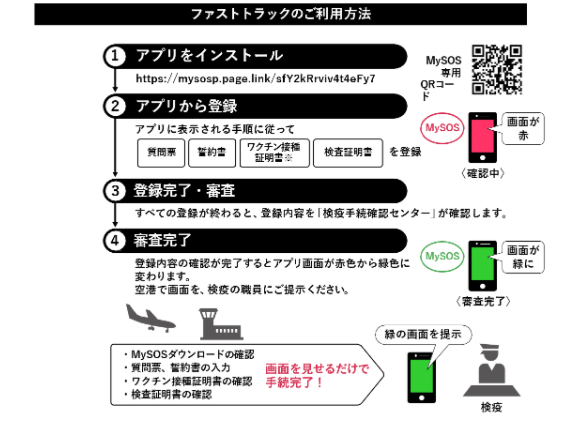
In order to expedite arrival procedures, the Fast Track was implemented at major airports such as Kansai International Airport and Narita International Airport. New foreign entrants can complete parts of the immigration procedure in advance by installing the MySOS app.
To register the necessary documents, you must first fill out the questionnaire and written pledge. The app will then prompt you to submit your vaccination certificate and a negative test result for COVID-19.
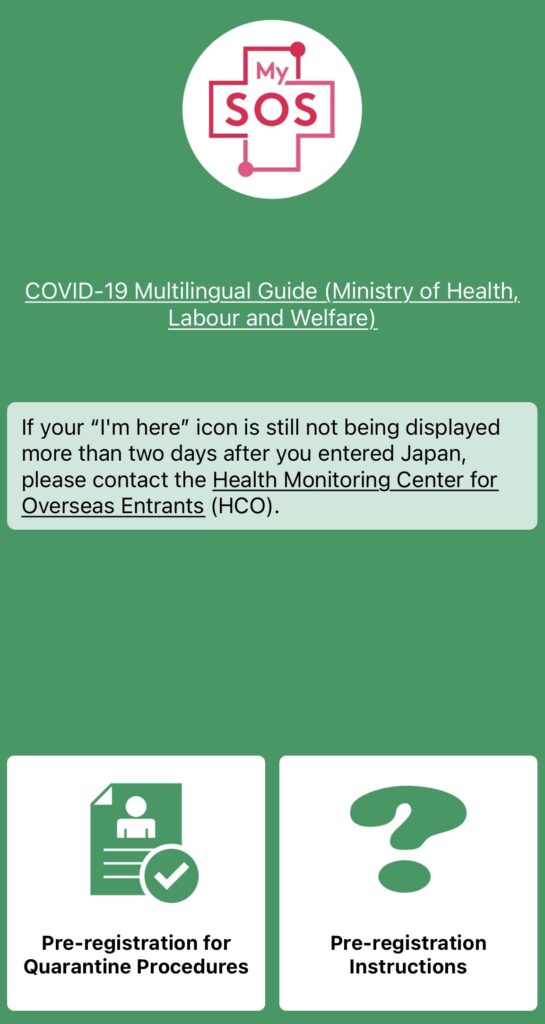
T he screen will remain yellow while your documents are being reviewed. After they are verified and good to do, your screen should turn green , and you can flash the page upon arrival in Japan.
The whole process is relatively smooth, with each step of verification taking only around 20 minutes. That said, the preflight Fast Track application has to be completed at least 16 hours in advance before your arrival.
3. Prepare your vaccination certificate
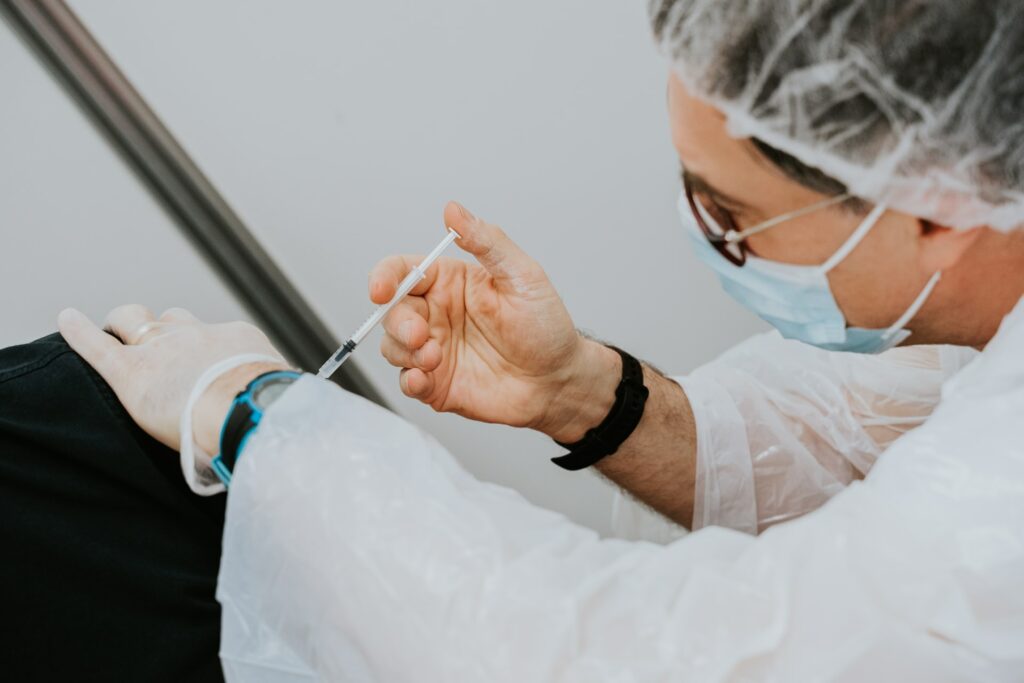
Like many countries, Japan requires travellers to be vaccinated. Prepare a valid vaccination certificate that’s issued by the government in your country. The document should detail your name, passport number, manufacturer of vaccines, vaccination dates, and at least two doses of approved vaccinations.
Before you get on the plane, the airline will do a quick scan before allowing you onto the plane, so bring along a hardcopy of the certificate.
4. Prepare a copy of your Written Pledge
In compliance with border measures, new entrants are to submit a signed copy of the Written Pledge . The two-page document outlines measures you will be required to observe , which includes providing updates on your location, complying with requests from relevant officials, staying at home, and more.
Those refusing to sign will be assigned to a quarantine location to self-isolate, and any violation of the clauses may result in deportation.
Upon arrival, submit the signed copy of your pledge to the airport quarantine station when prompted.
5. Money matters
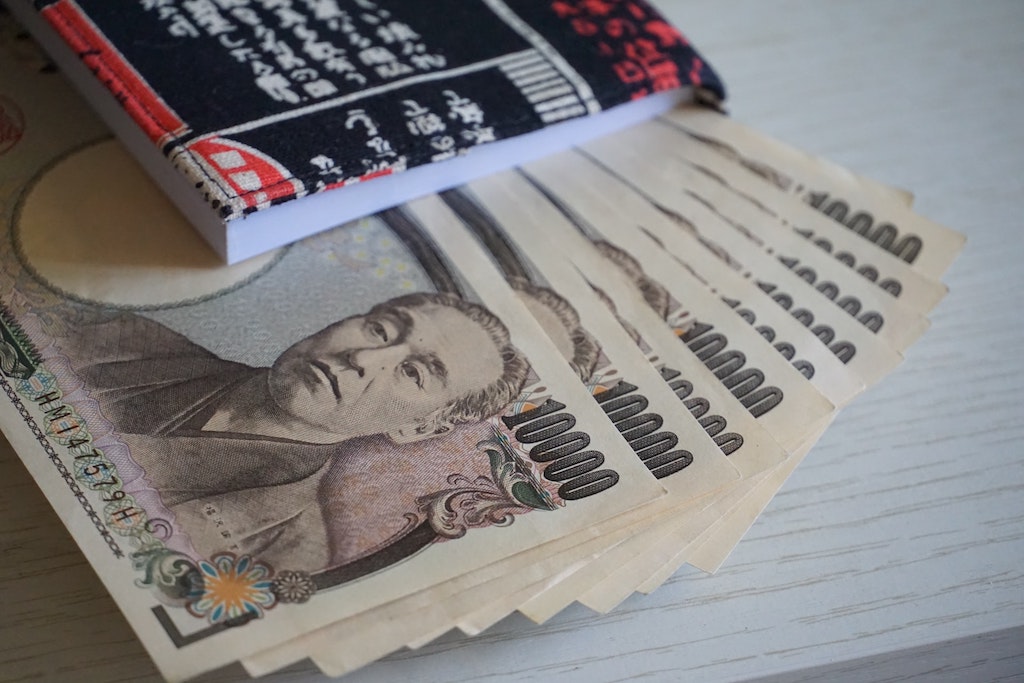
With the sharp fall in the value of Japanese yen recently, we recommend changing just a minimal amount of the local currency in advance.
Multi-currency digital wallets such as YouTrip and Revolut allow you to make in-app currency exchange s without having to worry about lugging a huge amount of cash around. While smaller mom-and-pop shops m ay not take cashless payments, the cards can be used at most convenience stores, chain shopping malls, and supermarkets.
What to expect after landing
1. be prepared to show your mysos app.
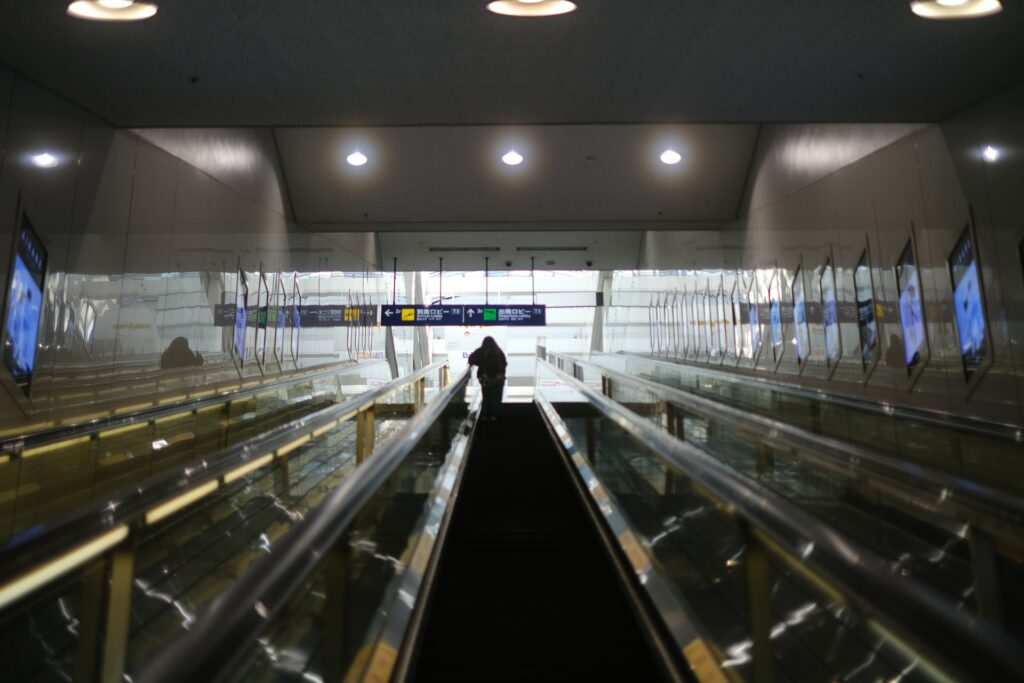
Once you touch down, you’ll be guided through rounds of checks, going from station to station. Get the green screen on your MySOS app ready as it will be the first thing the q uarantine staff will check.
After they’ve verified your pre-registration, you’ll be handed a piece of document – they call it “Health Card” – attached to a small slip of yellow paper printed with a checklist.
2. Declaring your travel history
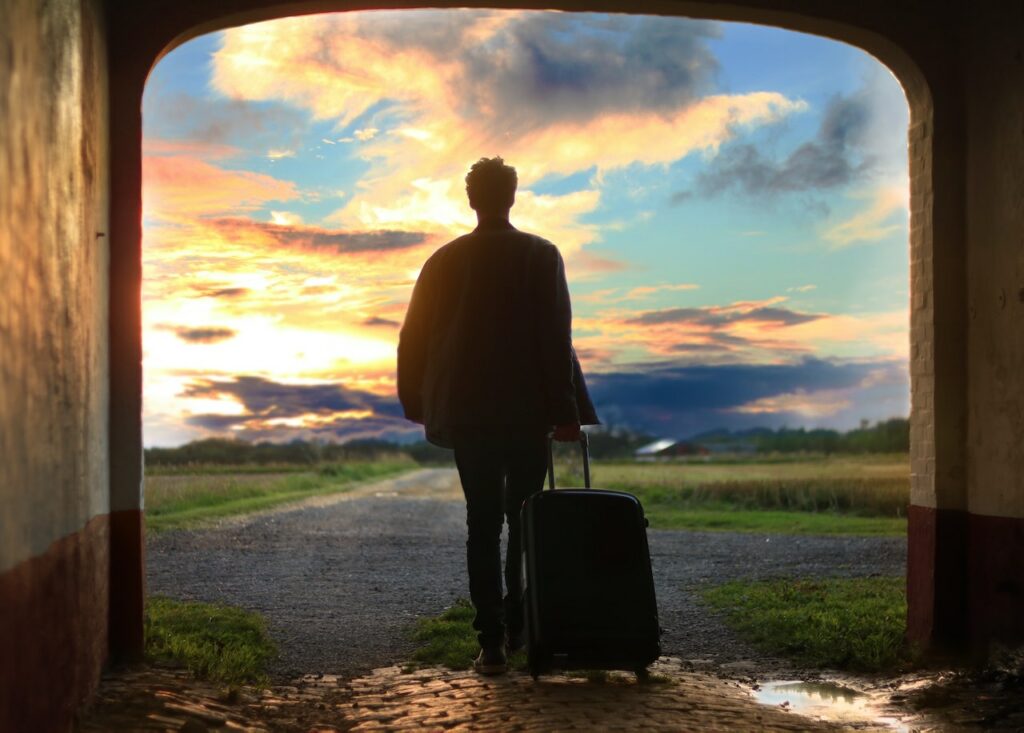
And so begins the process of getting in line and going through several stations. Besides collecting the questionnaire for COVID-19 related measures, which should be given to you on the plane to fill out, the staff will also ask about your travel history and a series of other questions. Be clear about where you’ve been in the preceding 14 days before entry.
3. Collecting saliva sample s for the COVID-19 test

Next, to conduct a PCR test, new arrivals will be given an empty plastic tube that’s labelled with a number, as well as a funnel. Proceed to the booths and spit several times into the tube to ensure that enough sa liva is collected.
If you’re having some trouble, look at pictures of lemons within the space as it’ll help stimulate saliva production. To make sure that your saliva sample is clear and free from food residue, refrain from eating or drinking – not even water – 30 minutes before landing .
4. Having your application settings checked
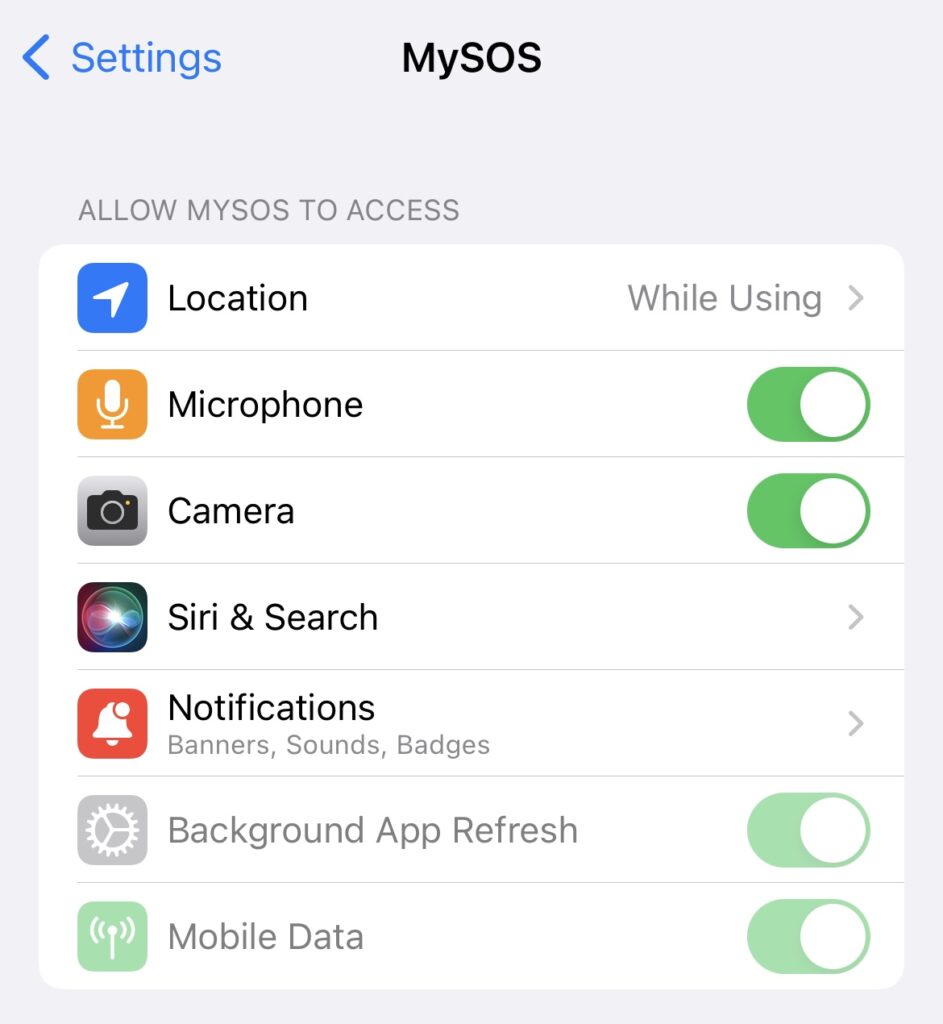
Once the spit tests have been done and dusted, and you’ve passed your saliva sample to the personnel, you’re just a few steps away from officially s etting foot in Japan.
The next procedure is a short one – you ’ll be guided by a staff member to ensure that your location and notification settings for the MySOS app are switched on .
5. Waiting for the test results
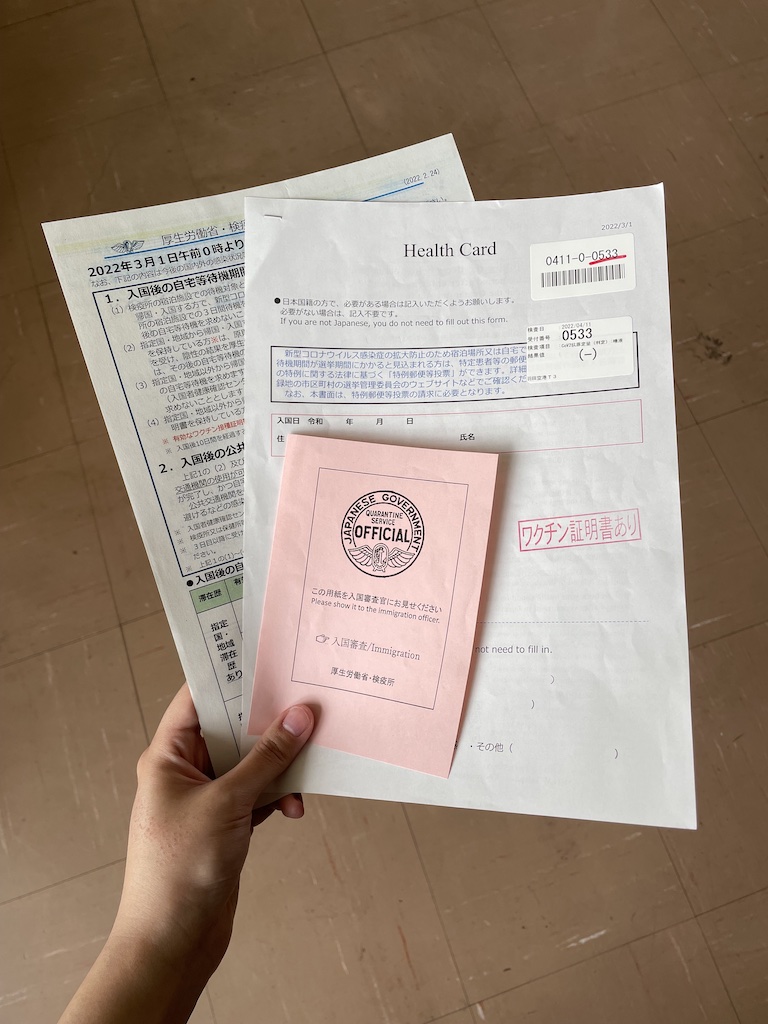
After walking back and forth within the airport, all you’ve got to do now is wait for your test results in the waiting area. Remember the saliva sample tube that was labelled with a number? When the results are out, your assigned number will be displayed on numerous monitors in the area.
Head over to the counter – the staff will hand you a pink slip of paper if you’ve tested negative and are good to go . The whole process can take at least one to two hours, but that’s a rough estimate as waiting time varies depending on the crowd size.
6. Going through immigration and getting your zairyū card
We never thought this day would come after two years of border closures, but here we are, just one stamp on our passport away from the land of next-level convenience stores .
From here on out , it’s pretty much standard procedure. The custom official will scan your passport and look through the standard disembarkation card and customs form.
If there are no problems, you’ll be issued your zairyū card (在留カード; residence card) , an identity card that’s issued to foreign residents who plan to live in Japan for more than three months. With that done, you are now well on your way.
7. Factoring enough time for domestic transit
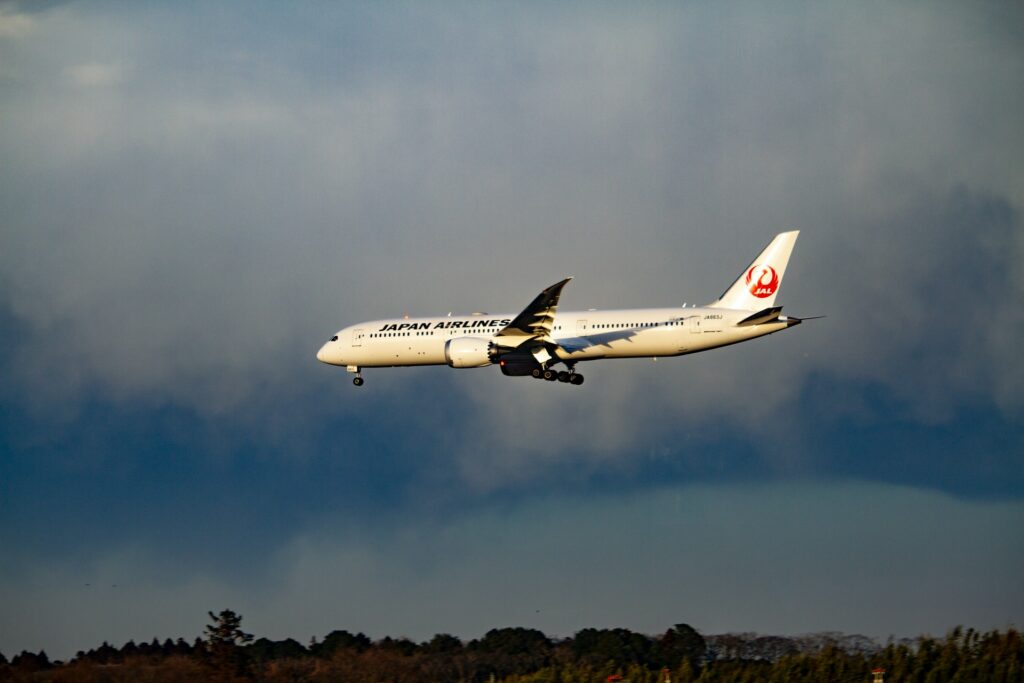
For travellers who are making a connecting flight in Japan, it’s imperative to factor in enough time to catch the domestic transfer. All international arrivals have to go through immigration procedures at the landing airport before you can pick up your luggage, get out of the international terminal, and commute to domestic terminals to catch your next flight.
To play it safe, make sure there’s at least four to six hours between your flights. Alternatively, if you’ve missed your flight, rescheduling to the next available one is also an option.
8. Transportation
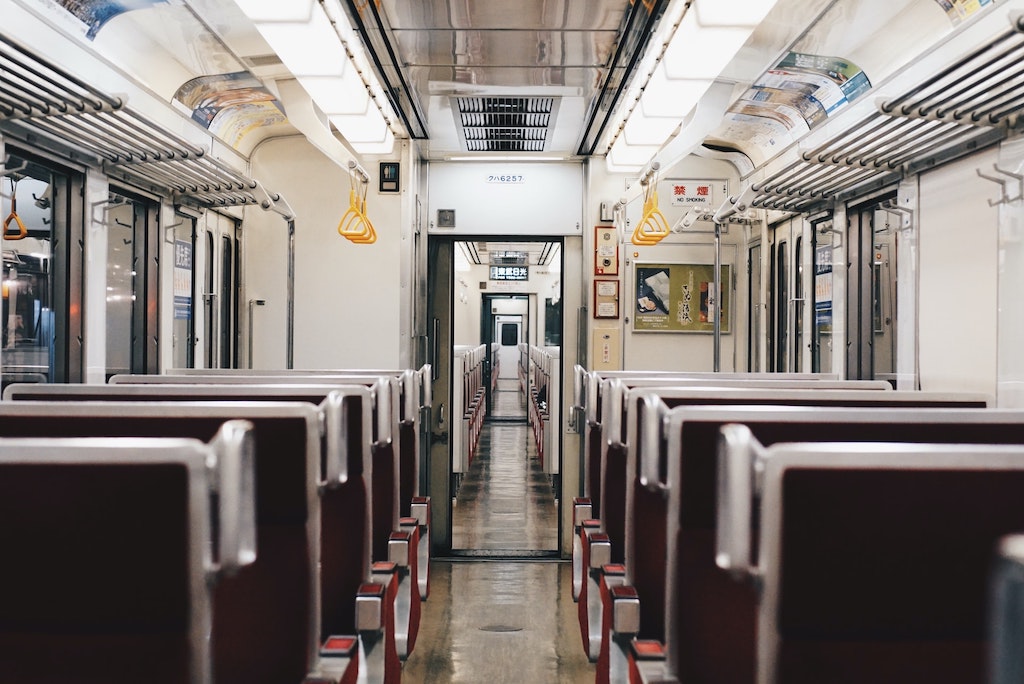
Under renewed border regulations, travellers who are fully vaccinated (three doses) or entering Japan from a designated country are allowed to use public transport within 24 hours to commute from the airport to their accommodation after the COVID-19 test has been t aken.
That said , the government strongly urges all to take the shortest route possible and practice social distancing.
9. Wearing a mask
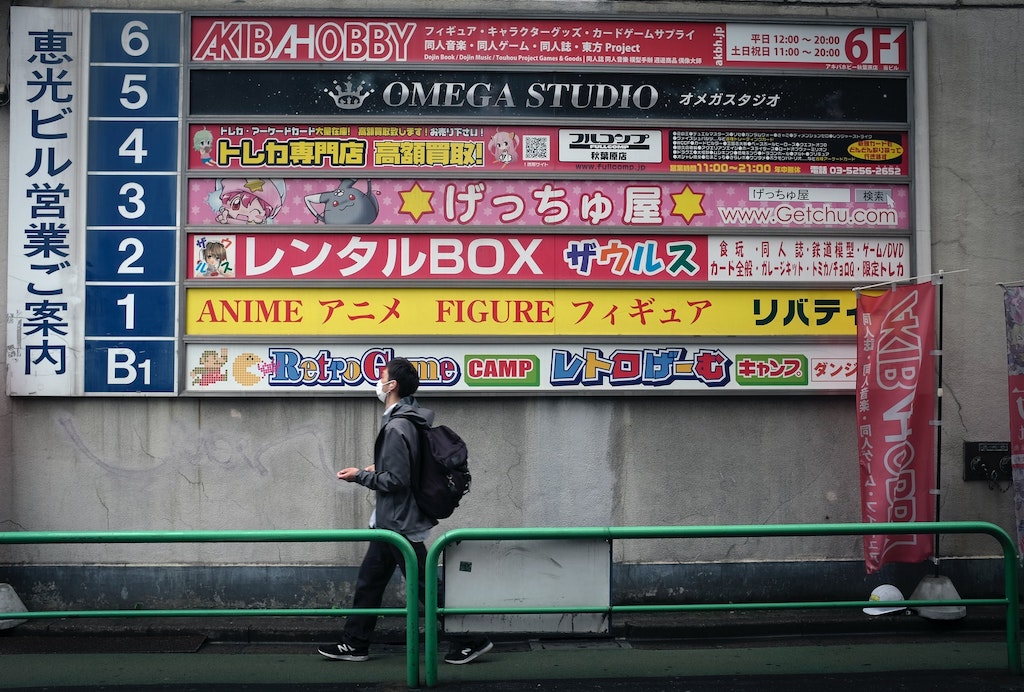
Even though mask mandates were never officially issued in Japan, you’d be hard-pressed to find a local who doesn’t have half their face covered. Wearing a mask is still a norm in the country , and with the number of COVID-19 cases rising recently, it’s better to be safe than sorry. Mask up, even if you’re in open spaces or outdoors.
10. Quarantine, if necessary
As determined by the Japanese government, citizens from countries that are deemed to have the Omicron variant under control can avoid self-quarantine. Depending on your vaccination status and departing country, the quarantine period can last from three to seven days . Arrival counts as day zero, which means quarantine will take place over the three subsequent days.
Even if you’ve managed to escape being cooped up in a room, do your due diligence and avoid the 3Cs – closed spaces, crowded places, and close-contact settings – for your first few days in the country.
On a side note, if you test positive at the airport, you will be asked to recuperate at a designated quarantine facility.
Guide to travelling to Japan in 2022
Judging by the trend so far, it looks like Japan is playing it safe and easing regulations in stages. Though self-guided tours are still banned for now, it is a positive sign that the country is gradually opening up to tourists and foreign arrivals.
This article will be updated periodically when there are new regulations , so keep your eyes peeled for the latest news on this space.
For more travel tips, check out:
- Strange laws in Japan
- Best art museums in Japan
- Guide to Japan shrines
- Travel tips for first-time travellers
- Ways to get around in Japan
This article was updated on 31st August 2022 by Xiu Ting Wong. Cover image adapted from (clockwise from top left): Volodymyr Hryshchenko , JC Gellidon , Kentaro Toma and Sho K

Get more stories like this.
Drop us your email so you won't miss the latest news.

6 questions travelers need to ask before visiting Japan this year

Oct 5, 2022 • 5 min read
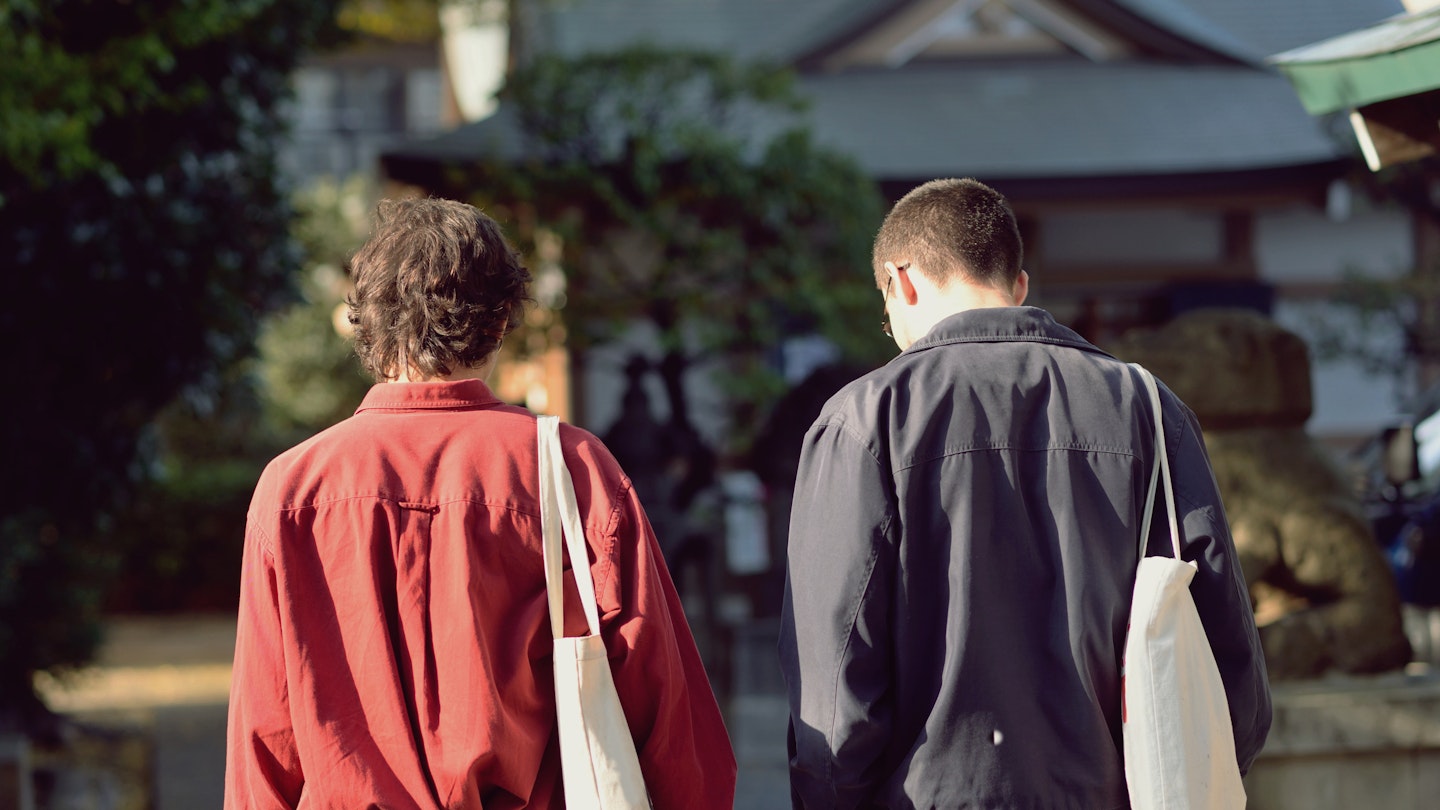
Unrestricted international tourism is returning to Japan on October 11 © Getty Images
On October 11, Japan will finally open its doors to independent travel following more than two years of some of the world’s toughest border restrictions. The country is also bringing back visa-free entry for visitors from more than 60 countries.
Does that mean it will be as easy to visit now as it was pre-pandemic? Sort of. There are still some pandemic-era rules in place, and you might find that locals are still taking many precautions against the virus compared to other nations. Yet at the same time, there’s much excitement on the ground about the return of international tourism, with Japan gearing up to welcome visitors back with exciting new attractions and events.
Eating on trains, embracing bidets and more tips for your Japan trip
1. Do I need to pack a mask?
Yes. Face masks have been a norm in Japan since before the pandemic. People often wear them year-round to protect their lungs from air pollution and to protect themselves and others from viruses, infections and allergens. While Japan has no official mask mandate in place, you’ll find that many businesses still require people to wear one indoors; you’ll also see people with a mask while on a bus, train or taxi, or in any sort of crowded indoor environment. They’re an everyday item for many, and it wouldn’t hurt to have one in your bag or pocket at all times. If you forget to pack one, it’s easy enough to find a surgical-style disposable face mask in airports and pharmacies all over Japan.

2. Have I checked which entry rules apply to me?
Japan has a color-coded classification entry scheme for all countries, which will continue even after travel rules ease on October 11. The system sets out distinct rules depending on what country you’re entering Japan from. Travelers coming from a “blue” country – a list that currently includes the United States, Canada, the UK, Australia, Mexico, Thailand and many EU nations – no longer have to quarantine and have the option to show proof of vaccination or negative test results before traveling. Travelers from “yellow” and “red” countries are subject to additional entry requirements, such as testing upon arrival and quarantine. You can view the complete list of countries and categories here .
The 10 most spectacular road trips in Japan
3. Have I downloaded the MySOS app?
MySOS is a smartphone app (available for Android and iOS ) that’s used to record your vaccine and health information for entry into Japan. It should help you get through airport security checks more quickly by being a one-stop shop for all of your essential documents. If you’re traveling with kids, their relevant information can be stored in your MySOS app, too.
4. Do I need to apply for a visa?
Japan will reinstate visa-free travel on October 11 for travelers from more than 68 countries, including the US, Canada, the UK, Ireland, Australia, Mexico, Argentina, Singapore, Thailand and more . If a passport holder a country on the visa-waiver list, you won’t need a visa to travel to Japan if you’re staying for less than 90 days.
The ultimate guide to karaoke in Japan

5. Should I reserve restaurants and museums in advance?
Japan has some of the most sophisticated, creative and celebrated restaurants on the planet. And for many travelers, its cuisine is one of Japan's biggest draws. Getting a table at the top spots has always been a challenge in the capital Tokyo (whether it's Kozue for seafood, Tamawarai for soba, or the two-star Michelin Den , you generally need to express your interest well before showing up), and in cities like Kyoto and Osaka – but since the pandemic, most restaurants across the country require advance reservation, a rule that hasn’t gone away even as the government relaxes its response to the pandemic.
Museums also have new entry systems in place as well, and you’ll likely need to book your spot before showing up. Check the website of the museum you wish to visit ahead of your trip to secure your preferred date and time.
8 unique places to stay in Tokyo
6. What new attractions can I add to my Japan itinerary?
Theme Parks
It feels like there’s always something exciting brewing in Japan. While the pandemic may have paused momentum, it’s now full speed ahead for the opening of some much-anticipated new attractions. After the world's first Super Nintendo World opened in Osaka during the pandemic, the next big thing is Ghibli Park , a theme park based on the works of animation legend Hayao Miyazaki set to open in Aichi Prefecture on November 1. Unlike traditional theme parks, you won’t find rides here: instead, you’ll walk through the dreamy, watercolor-style landscapes and architecture from Ghibli movies like My Neighbor Totoro and Howl's Moving Castle .
Earlier this year, Ishikawa’s New Prefectural Library opened, featuring 300,000 open stacks of books (and the capacity for two million). It’s quickly become a magnet for anyone who loves books, crafts, art and history, and anyone with even a passing interest in cutting-edge architecture. The building’s exterior resembles the pages of a book being turned, while inside you’ll find craftworks by Ishikawa’s master artisans.
Trying the traditional crafts of Ishikawa prefecture
Now that borders are open you can visit a new UNESCO site in northern Japan, open since May 2021. The Jomon Prehistoric Sites collectively form a Cultural Heritage Site, at which you’ll learn about the culture of the indigenous Jōmon people across 17 archaeological areas.
Bullet Trains
Japan’s public transport system is among the best in the world, its jewel the high-tech, high-speed bullet-train network, which is continuously expanding. If you want to test a new route on your travels, the Nishi- Kyūshū line opened in September, taking passengers on a 41-mile journey between the famous hot spring town of Takeo Onsen in the northwest and the city of Nagasaki (gateway to the Gotō Islands) in just 23 minutes.
Japan's best food and drink experiences
If you’re in Tokyo, check out Okushibu, the Japanese nickname for “Deep Shibuya.” This once well-kept secret within the shopping district of Shibuya has now become a go-to zone for late-night cafe culture, as well as some really unique and creative restaurants. Okushibu runs parallel to the new rooftop Miyashita Park , and you can stay in the heart of the action when the new Trunk Hotel Yoyogi Park opens in 2023. Expect a rooftop infinity pool with views across the park – and the city.
Explore related stories
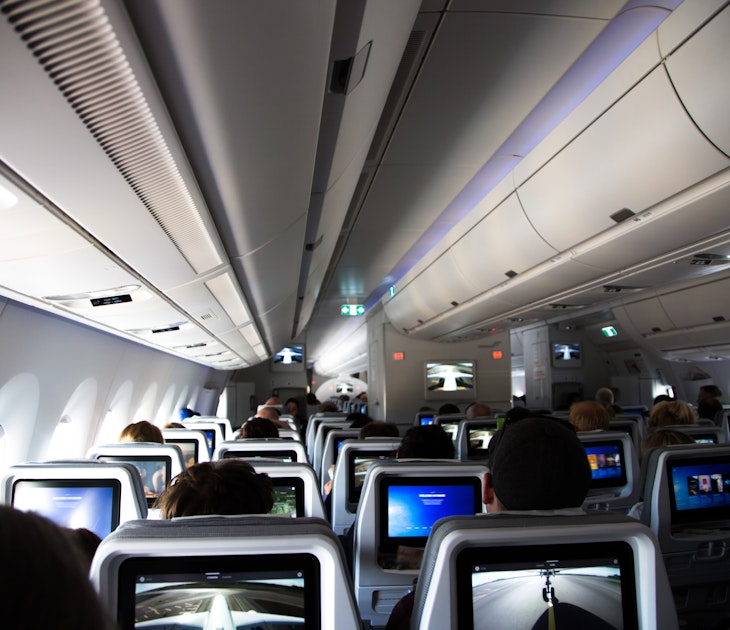
Oct 25, 2019 • 6 min read
From blockbusters to Bollywood, here's how that movie makes it onto your plane.

Apr 14, 2024 • 6 min read

Apr 3, 2024 • 17 min read

Apr 2, 2024 • 10 min read

Mar 31, 2024 • 7 min read

Mar 28, 2024 • 7 min read

Mar 28, 2024 • 6 min read

Mar 28, 2024 • 11 min read

Mar 26, 2024 • 8 min read

Japan Travel Restrictions: The Ultimate Guide (December Update)
David Taylor
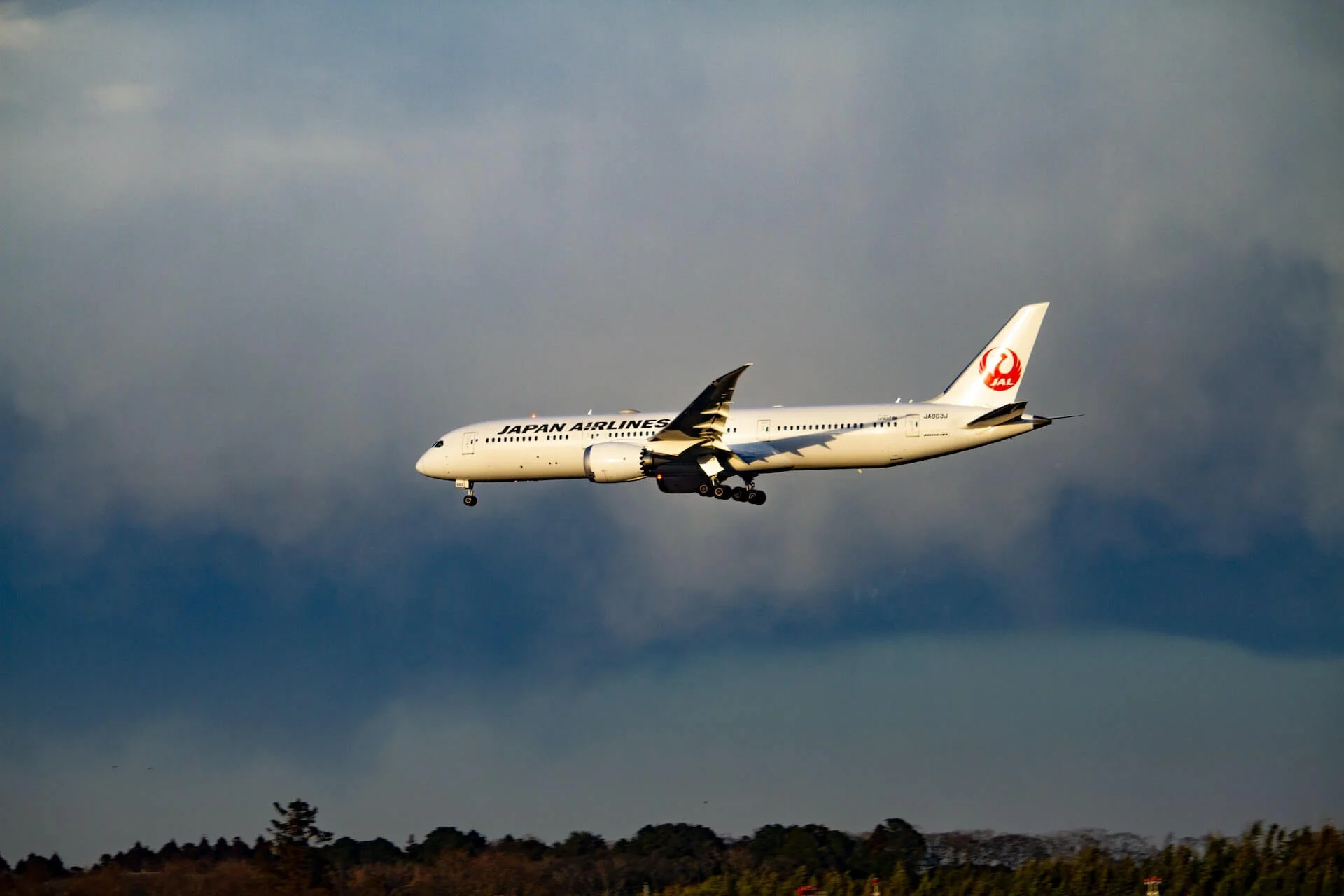
People all over have had to white knuckle their cravings for Kobe beef and anime figures since Japan’s borders closed in 2019. Thankfully, the government decided to stop hogging all of their awesome stuff on October 11th.
Japan’s travel restrictions were lifted in October, meaning that you can enter the country if you provide proof of COVID-19 vaccination or a negative test result taken 72 hours before departure. Children under 18 don’t need anything if they’re accompanied by an adult with the proper documents.
Getting into the country is easy-peasy now, but there are still some things to keep in mind before departing and after you land. I’ll try to make it as straightforward as possible in this article.
Japan Entry Requirements
Until recently, the Japanese Ministry of Foreign Affairs (MOFA) separated travelers into different categories based on things like vaccination status and recent countries visited. It was even tough for those living in Japan for a long time.
Those restrictions have loosened, but international travel to Japan still requires you to be vaccinated up to at least three doses.
There’s also mention of travelers potentially being subject to testing upon arrival, but that’s limited to countries where the omicron variant is not dominant. Currently, no countries fall under that category.
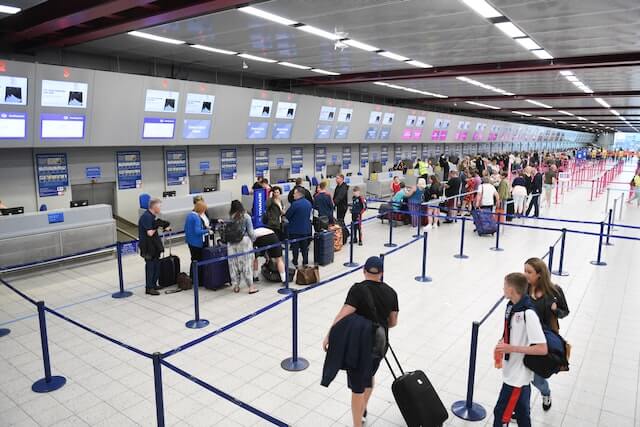
Do You Need a Certificate of Testing For COVID-19 in Japan?
You don’t need a pre-boarding COVID test to fly to Japan if you’re vaccinated . Up until the latest loosening of regulations, it was mandatory for certain travelers to fill out an official form. Fortunately that’s no longer necessary.
Unvaccinated Travelers to Japan
If for any reason you’re unvaccinated, you’re not completely out of luck. You can still travel internationally to Japan, but you’ll need to complete a COVID-19 test within 72 hours of departure and provide a certificate stating the negative result.
There’s a whole list of items that must be included on the test certificate from your name to the medical institution that issued it. The Ministry of Health, Labour, and Welfare (MHLW) outlines the exact conditions for a COVID-19 test form and includes a blank version of the certificate for you to print off.
Most important of all the rules is that only certain testing methods are considered valid, so make sure you’re getting the right one from the list mentioned in the link above.
Children Traveling to Japan
If you’re coming to Japan with under-18 kids in tow, you don’t need to worry about pre-departure tests as long as the accompanying adult is vaccinated. Children coming on their own are a different story, however.
What To Prepare Before Leaving Your Home Country
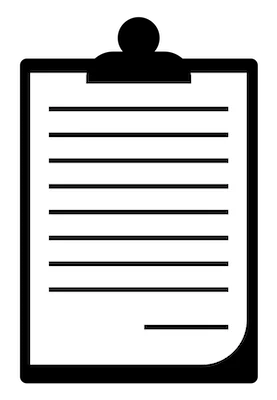
To avoid any kind of travel restrictions, you’ll want to get a few things straight before heading out on your adventure.
First, you need to get your vaccination certificate in order.
Second, you’ll want to answer some pre-departure questions with the mySOS app.
Vaccination Certificates
To enter Japan, you’ll need proof of at least 3 doses of COVID vaccines. That means having a certificate that follows the MHLW’s 3 rules :
- “The certificate must be issued by a government or public institution.”
- “The items must be indicated in Japanese or English.”
- “The certificate must clearly show that you have received 3 doses of any of the following vaccines on the Emergency Use Listing of World Health Organization (WHO).”
The WHO (not the band) has compiled a list of approved vaccines .
Do I Have To Install The MySOS App?
The short answer is no, you don’t have to install the mySOS app on your smartphone. The longer answer is that installing the app and filling out the questionnaire prior to departure will make entry smoother because regardless of your vaccination status, you’ll need to answer immigration’s questions sooner or later.
When you get off the airplane and enter the airport, one of the first things you’ll see is a line of gates herding people into two groups: app users and non-app users. I recently went through the paces on a return trip to Japan and saw that those who installed the app beforehand got through immigration MUCH quicker.
The app allows you to scan things like your COVID vaccination certificate, pre-departure test, and passport to smooth immigration procedures.
And the moment you step out of the immigration line you can remove it from your phone.
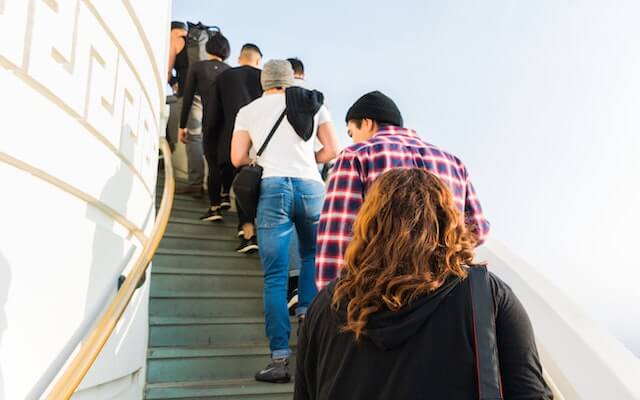
MySOS Web Application
Privacy concerns are understandable, so if you absolutely don’t want to install the app you can fill out the questionnaire via the MySOS website . You’ll still be asked to scan your passport and vaccine certificate, but at least you won’t have the app on your phone. When you’re finished answering the questions, you can print off the final result page.
Japan Quarantine Rules For Foreigners
Getting into the country only to face a lengthy quarantine used to be a legitimate fear under the old set of travel restrictions to Japan. Fortunately, quarantine requirements are a lot looser now, too.
Whether you provided a vaccination certificate or, if you’re unvaccinated, a pre-departure negative test result, you don’t need to quarantine.
The only way you would need to quarantine in Japan is if you’re suspected of having contracted COVID-19.
In that case, you would need to take a test at the airport, and if it’s positive, you’ll need to quarantine for some length of time depending on circumstances like when you’re thought to have been infected and whether you’re vaccinated or not.
In the past, quarantine has involved a written pledge, a monitoring app, and occasional calls from authorities checking up on you. It’s unclear how much of that is required these days, though.
At the very least, those who face quarantine will have to give the name of their accommodations and remain for a specific length of time. They may also be barred from using public transportation.
Japan COVID Restrictions
Once you’ve jumped through all of the immigration hoops, you’re free to enjoy your Nippon adventure ! Relatively speaking…
COVID culture in Japan is still very different from most places around the world, particularly North America and Europe.
For the most part, there are no hard COVID rules that have consequences if broken, but as with most things in Japan social pressures are hard to resist.
Mask Culture
Go inside any store, train station, or place of business and you’ll be greeted with a reminder to wear a mask.
Some of those reminders will come in the form of posters, some will be blared over an intercom, and some will be hinted at via cute mascots with their faces covered.
You’ll even see people wearing masks outdoors. I’m just about the furthest thing from an anti-masker, but even I find this… hot.
At the very least, do your best to keep your face wrapped up when indoors.

Proof Of Vaccination For Events and Businesses
Early on in the pandemic there were talks of implementing vaccine passport systems, but those never really took hold. It might not hurt to carry your vaccine certificate with you if you have one, but it’s unlikely that you’ll be asked for it anywhere.
Instead of barring unvaccinated people, many businesses opt to incentivize safety with deals for those who present vaccine certificates or negative PCR tests. Universal Studios in Osaka, for example, offered certain small discounts (link in Japanese).
Other COVID Culture
When it comes to some of the other staples of the pandemic like social distancing, I feel like some places in Japan have tried harder than others. You’ll still see things like alcohol dispensers at just about every store you set foot in. It’s all optional, but do your best to comply.
Final Thoughts
With the October 11 th changes to border policies, traveling to Japan is simple. Just prepare either a vaccine certificate or negative PCR test along with the mySOS questionnaire and you’re ready to go.
Once you’re here, mind the local etiquette by masking up. After that, the only thing left is to have a great time!
Share the adventures Share this content
- Opens in a new window X
- Opens in a new window Facebook
- Opens in a new window Pinterest
- Opens in a new window LinkedIn
- Opens in a new window Reddit
- Opens in a new window Tumblr
- Opens in a new window WhatsApp
You Might Also Like
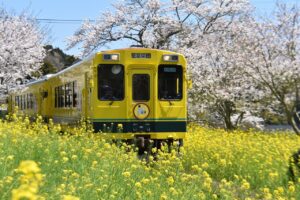
Complete Guide to Train Travel in Japan

How to Get Your Hands on Studio Ghibli Theme Park Tickets in 2024

The Harry Potter Theme Park in Tokyo: Layout, Tickets & More
This post has 2 comments.
Pingback: 5 Pros and Cons of Living in Japan - Forever Foreign Podcast
Pingback: Love at First Japan - Forever Foreign Podcast
Comments are closed.
KPMG Personalization

- Japan – COVID-19: Easing Border Controls, Travel Restrictions from 1 March
GMS Flash Alert 2022-041
- Share Share close
- Download Japan – COVID-19: Easing Border Controls, Travel Restrictions from 1 March pdf Opens in a new window
- 1000 Save this article to my library
- Go to bottom of page
- Home ›
- Insights ›
Jump to: New Measures for Border Enforcements from 1 March 2022 | New Quarantine Rule | New Rules for Use of Public Transportation upon Arrival | Necessary Procedures at the Quarantine Station upon Arrival
Effective 1 March 2022 (00:00 am, JST), Japan is easing border restrictions, allowing foreign new arrivals including business travellers, students, and technical trainees, except tourists, to finally enter Japan. Under the new measures, the daily entry cap will be raised to 5,000 from the current 3,500, and the quarantine period can be shortened up to three days or the traveller may be exempt by fulfilling certain conditions. 1
WHY THIS MATTERS
The government of Japan has announced an easing of border controls from 1 March 2022. This will allow new arrivals of foreign nationals for purposes other than tourism. Japan had partially eased its entry restrictions for foreign nationals on 8 November last year but had re-shut its borders only three weeks later due to the rapid spread of omicron variant in the world (for prior coverage, see GMS Flash Alert 2021-296 , 2 December 2021). Japan has become one of the world’s most difficult countries to enter for foreign nationals; therefore, with this first major reopening of Japan’s borders in more than a year, entry and exit should become easier.
Visa applications made at Japanese embassies/consulates which had been suspended due to the entry ban, are once again possible from 1 March.
New Measures for Border Enforcements from 1 March 2022
Effective 1 March (00:00 am, JST), new entries of foreign nationals into Japan under the supervision of host entities/organisations are allowed, except for the purpose of tourism. It is required that entrants have a host entity/organisation located in Japan that takes full responsibilities in respect of quarantine rules imposed by the government of Japan. Host entities/organisations must complete prescribed online applications in “Entrants, Returnees Follow-up System (ERFS)” for “Certificate for Completion of Registration to the ERFS system” prior to the visa application being made. 2 Under the new entry measure, the Japanese embassy/consulate does not accept a visa application without a copy of the “Certificate for Completion of Registration to the ERFS system” issued by the Ministry of Health, Labour and Welfare. This is a certificate that proves the registration of the entrant’s information including the location for self-isolation upon arrival and the responsible host entity/organisation. Online applications are available from the link : https://entry.hco.mhlw.go.jp/ . In terms of the processing time for online applications, completion can be achieved on the same day or within a couple days at maximum.
New Quarantine Rule
In principle, the self-quarantine period and the inability to use using public transportation remains in place for seven days; however, the period can be eased by fulfilling certain conditions.
1. Individuals travelling from the designated countries/regions and who haven’t received a booster dose, are required to stay at a government-designated hotel for three days upon arrival. If the result of the PCR test was “negative” for COVID-19 on the third day from an individual’s arrival, that person will no longer be required to continue the rest of his/her self-isolation at home.
2. Those who are travelling from the designated countries/regions and who hold a valid vaccination certificate evidencing their booster dose are required to complete seven days of self-isolation at home in principle, but if the traveller takes a PCR test on the third day from his/her arrival day and receives a “negative” test result, he/she can end the self-isolation at home.
3. Those who are travelling from non-designated countries/regions who haven’t received a booster dose are required to complete seven days of self-quarantine at home; but if the traveller takes a PCR test on the third day from his/her arrival day and receives a “negative” test result, he/she can end the self-isolation at home.
4. Those who are travelling from non-designated countries/regions and hold a valid vaccination certificate of a booster dose are no longer required to self-quarantine upon arrival.
Source : KPMG in Japan
[Approved types of vaccination fo entry]
- COMIRNATY – Pfizer
- Vaxzervia – AstraZeneca
- COVID- Vaccine Moderna – Moderna
- Janssen COVID- Vaccine – Johnson & Johnson
※ Vaccination Certificate must be issued by an official body such as a government of the countries/regions and must be written in either the Japanese or English language. The certificate must clearly state the traveller’s name, date of birth, vaccine name or manufacturer, vaccination date, and number of doses.
※ List of designated countries/regions are regularly updated. Travellers should check the latest information and follow the applicable rules.
New Rules for Use of Public Transportation upon Arrival
Public transportation can be used to get to the location of self-quarantine within 24 hours of entering Japan. The entrants are not allowed to use public transportation when leaving home to the PCR test centre on the third day; the host entity/organisation must arrange a private car.
Necessary Procedures at the Quarantine Station upon Arrival
Entry will be denied if arrivals lack any of the below 3 :
1. Certificate of negative test result of COVID-19
- ALL entrants regardless of nationality or countries/regions of departure must present a certificate of pre-entry PCR test within 72 hours prior to departure and certified as “negative” by the local medical institution.
2. PCR test at the arrival airport and quarantine at home or in the hotel designated by the government
- Follow the rule explained the above [New quarantine rule] in accordance with one’s departure country/region.
3. Submit Written Pledge
- ALL entrants regardless of nationality or countries/regions of departure must submit a written pledge. The format is available from: https://www.mhlw.go.jp/content/000863646.pdf .
- Violation of the quarantine rules is subject to publication of the name of the foreign national/violator and his/her host entity’s/organisation’s name, as well as details of the violation on the Ministry of Health, Labour and Welfare website. In addition, the foreign resident/violator may also have to forfeit his/her immigration status in Japan depending on the gravity of the violation.
4. Install mobile applications 4
- Health and Location Monitoring ALL (MySoS)
- Location Information App (Google Maps)
- COCOA (COVID-19 Contact Confirmation App).
5. Questionnaire 5
Complete before arrival from your smartphone or PC:
https://arqs-qa.followup.mhlw.go.jp
6. Vaccination Certificate (not mandatory).
1 "Japan to raise COVID entry cap, cut quarantine period from March," Kyodo News (17 February 2022) at: https://english.kyodonews.net/news/2022/02/96fe946ebc1c-breaking-news-japan-to-relax-covid-19-border-controls-from-march-kishida.html . Please note that by clicking on this link, you are leaving the KPMG website for an external site, that KPMG is not affiliated with nor is KPMG endorsing its content. The use of the external site and its content may be subject to the terms of use and/or privacy policies of its owner or operator .
2 Ministry of Foreign Affairs https://www.mofa.go.jp/ca/fna/page22e_000921.html .
3 Ministry of Health, Labour and Welfare: https://www.mhlw.go.jp/stf/seisakunitsuite/bunya/0000121431_00209.html .
4 Ministry of Health, Labour and Welfare: https://www.hco.mhlw.go.jp/manual/pdf-en/detail.pdf .
5 Ministry of Health, Labour and Welfare: https://arqs-qa.followup.mhlw.go.jp/#/ .
* Please note the KPMG International member firm in the United States does not provide immigration or labour law services. However, KPMG Law LLP in Canada can assist clients with U.S. immigration matters .
The information contained in this newsletter was submitted by the KPMG International member firm in Japan.
Connect with us
- Find office locations kpmg.findOfficeLocations
- Email us kpmg.emailUs
- Social media @ KPMG kpmg.socialMedia
- Request for proposal
Stay up to date with what matters to you
Gain access to personalized content based on your interests by signing up today
Browse articles, set up your interests , or View your library .
You've been a member since
- GMS FLASH ALERT - JAPAN Opens in a new window
- GMS FLASH ALERT - IMMIGRATION
- GMS FLASH ALERT - VIEW ALL Opens in a new window
GMS Flash Alert is a Global Mobility Services publication of the KPMG LLP Washington National Tax practice. The KPMG name and logo are trademarks used under license by the independent member firms of the KPMG global organization. KPMG International Limited is a private English company limited by guarantee and does not provide services to clients. No member firm has any authority to obligate or bind KPMG International or any other member firm vis-à-vis third parties, nor does KPMG International have any such authority to obligate or bind any member firm. The information contained herein is of a general nature and is not intended to address the circumstances of any particular individual or entity. Although we endeavor to provide accurate and timely information, there can be no guarantee that such information is accurate as of the date it is received or that it will continue to be accurate in the future. No one should act on such information without appropriate professional advice after a thorough examination of the particular situation.
© 2024 KPMG AZSA LLC, a limited liability audit corporation incorporated under the Japanese Certified Public Accountants Law and a member firm of the KPMG network of independent member firms affiliated with KPMG International Cooperative (“KPMG International”), a Swiss entity. All rights reserved.
The Ministry of Foreign Affairs website uses JavaScript. Please turn on "JavaScript" and use it.

Consular Services
Border measures to prevent the spread of novel coronavirus (covid-19).
Information about entering into Japan
- New entry of foreign nationals Visa exemption arrangements have been resumed from 0:00 am (JST) on October 11, 2022. Please refer to 5. Lift of the suspension of visa exemption measures for more details. Suspension of visa validity under the border measures has been also lifted from 0:00 am (JST) on October 11, 2022. Please refer to 4. Lift of the suspension of visa validity below for further information.
- (1) All travelers and returnees will no longer be required to submit either a certificate of negative result of COVID-19 test conducted within 72 hours prior to departure, or a valid COVID-19 vaccination certificate of three doses or equivalent.
- (2) Currently implemented measures including random sampling test which are provisional measures for all travelers and returnees arriving from China (excluding Hong Kong and Macau) by direct flights, will be replaced to the testing on arrival required to those who show symptoms, which is the same measure applied to all other travelers and returnees.
1. Denial of permission to entry
2. denial of the re-entry from certain countries/regions among designated countries/regions in response to covid-19 variants of special treatment on border measures, 3. quarantine measures (new), 4. lifting of the suspension of visa validity, 5. lifting of the suspension of visa exemption measures, 6. restrictions on airport/ports for arrival.
The denial of landing that had been placed to all the countries/regions were lifted on September 4, 2022.
Currently, there are no subject countries/regions.
Starting from 0:00 am (JST) on October 11, 2022, based on the New Border Measures (34), for all cross-border travelers and returnees from countries/regions where the B.1.1.529 Omicron variant becomes dominant (all countries/regions except for those where COVID-19 variants other than the Omicron variant become dominant, based on the New Border Measures (27) (February 24, 2022)), on-arrival test at the quarantine station, self-quarantine in places such as their own residence or accommodations, and refraining from use of public transportation are no longer required in principle. In addition, all returnees and entrants will now be required to provide either a valid COVID-19 vaccination certificate (3 doses) of vaccines on the Emergency Use List of World Health Organization (WHO) or a certificate of negative result of pre-departure COVID-19 test within 72 hours prior to departing from the original country/region. (NEW)
<Until October 10, 2022>
Based on New Border Measures (9) (March 5, 2022), all cross-border travelers and returnees continue to be required, for the time being, to submit a certificate of negative result of pre-departure COVID-19 test conducted within 72 hours prior to departing from the original country/region.
Those who do not submit a certificate of negative test result will be denied entry into Japan in accordance with the Quarantine Act. Airline companies will reject boarding those without one.
Please consult with Embassies or Consulates or Consular Office of Japan in case it is truly difficult to obtain the certificate of negative test result.
From 0:00 am (JST) on April 29, 2023, about all travelers and returnees (NEW)
Taking such elements as knowledge of COVID-19 variants of special treatment on border measures, epidemic situation in each country/region, risk assessment of current situation of inflow of the COVID-19 to Japan, and efficacy of the vaccination among others into account, and judged from a comprehensive risk assessment of inflow of coronavirus from each country/region, the following additional measures will be implemented as designated countries/regions in response to COVID-19 variants of special treatment on border measures according to separate designation based on this measure;
- (i) All cross-border travelers and returnees from some of the countries/regions which are separately listed among the designated countries/regions are requested, for the time being, to stay for 10 days at facilities designated by the Chief of the Quarantine Station (limited only to those facilities secured by the Quarantine Station). In addition, those who obtain negative results of all COVID-19 tests conducted on the third, sixth and tenth days from the entry into Japan, may leave the facilities.
- (ⅱ) All cross-border travelers and returnees from some of the countries/regions which are separately listed among the designated countries/regions, are requested, for the time being, to stay for 6 days at facilities designated by the Chief of the Quarantine Station (limited only to those facilities secured by the Quarantine Station). In addition, those who obtain negative results of both COVID-19 tests conducted on the third and sixth days from the entry into Japan, may leave from facilities secured by the Quarantine Station, but are still required to stay for the remaining period of 7 days after the entry into Japan at places such as their own residence.
- (iii) All cross-border travelers and returnees from some of the countries/regions which are separately listed among the designated countries/regions are requested, for the time being, to stay for 3 days at specific facilities designated by the chief of the quarantine station (limited to the accommodations facilities designated by the chief of the quarantine station). If the test result (PCR test) at the facility on the third day after the entry is negative, home quarantine after leaving the facility is no longer required. Meanwhile, those who have obtained a valid vaccination certificate will be allowed to have 7-day home quarantine instead, and if they submit a negative result of a voluntary test (PCR test or Quantitative Antigen test) on or after the third day from the entry into Japan, home quarantine is no longer required only after the MHLW(Health Monitoring Center for Overseas Entrants) confirms the test result via MySOS app.
- (Note 1) Subject countries and regions of the measures will be designated and confirmed by the Ministry of Foreign Affairs and the Ministry of Health, Labour and Welfare. The designation is duly announced.
- (Note 2) The above-mentioned quarantine measures will be applied to those entering Japan who have stayed within 14 days in the designated countries and regions.
With regard to countries/regions other than countries/regions based on the designation mentioned in (2) above, taking such elements as knowledge of COVID-19, epidemic situation in each country/region, risk assessment of current situation of inflow of COVID-19 to Japan, and efficacy of the vaccination among others into account, and judged from a comprehensive assessment of the risk of inflow of the coronavirus from each country/region, all cross-border travelers and returnees from countries/regions judged with high risk of inflow of COVID-19 are requested, for the time being, to stay 3 days at facilities designated by the Chief of the Quarantine Station (limited only to those facilities secured by the Quarantine Station) as “designated countries/regions in response to coronavirus infection other than COVID-19 variants of special treatment on border measures” according to the separate designation based on this measure. In addition, those who obtain a negative result of COVID-19 test conducted on the third day from the entry into Japan, may leave the facilities, but are still required to stay for the remaining period of 7 days after the entry into Japan at places such as own residence
- (Note 1) Subject countries and regions of the measures will be designated and confirmed by the Ministry of Foreign Affairs and the Ministry of Health, Labor and Welfare. The designation is duly announced.
Single entry visa and multiple entry visa which have been issued by Embassies, Consulate-Generals and Consulates of Japan in all countries/regions and whose validity have been temporarily suspended have been resumed again from 0:00 am (JST) on October 11, 2022.
As for visas already issued under “Business Track” or “Residence Track” and visas issued based on “New border measures (4)” (referred in Note 2 of Article 1), for the time being, validity of those visas have been suspended from 0:00 am (JST) on January 21, 2021 based on the announcement of the Government of Japan dated on January 13, 2021.
Currently, validity of visas listed below are suspended
- (1) Single and multiple-entry visas issued by March 8th, 2020 by Japanese Embassies or Consulates General in China (including Hong Kong and Macau) and Republic of Korea
The visa exemption arrangements which have been temporarily suspended under the border measures have been resumed from 0:00 am (JST) on October 11, 2022.
For countries/regions applicable to the visa exemption arrangements, please visit the link below:
- Exemption of Visa (Short-Term Stay)
- Visa Exemptions for Diplomatic and Official Passport Holders
- Visa Exemption Arrangement for United Nations Laissez-Passer Holders
The effect of Pre-Clearances (i.e. visa exemptions) granted by the Japanese Government to APEC Business Travel Card (ABTC) issued by the following countries has been also resumed from 0:00 am (JST) on October 11, 2022. For more information on the APEC Business Travel Card (ABTC), please refer to the link below:
- APEC Business Travel Card (ABTC)(Japanese)
The airports/ports that suspended international flights/cruises have started to lift the suspension as their preparations are completed.
Currently, all foreign nationals who wish to newly enter Japan need to apply for a visa except for those with re-entry permit. Please note that due to the impact caused by the COVID-19 pandemic, the visa approval procedure may take longer than usual. Your understanding and cooperation are greatly appreciated.
Foreign nationals who are entitled to enter Japan as those with special exceptional circumstances are required to apply for an appropriate visa at Embassies or Consulates or Consular Office of Japan (for Taiwan, Taipei Kaohsiung offices of Japan-Taiwan Exchange Association)(hereinafter referred as “Japan’s overseas establishments”) in your country/region.
Please see this page for the information about the visa application .
Please note that the certificate of negative result of pre-departure COVID-19 test conducted within 72 hours prior to departing from the country/region where travelers stay is required for foreign nationals to enter Japan, with special exceptional circumstances, in addition to obtaining a valid visa.
Related Links
- Application for Visa for foreign nationals eligible for Phased Measures toward Resuming Cross-Border Travel
We’re sorry, this site is currently experiencing technical difficulties. Please try again in a few moments. Exception: request blocked
Japan to require negative COVID test upon arrival for Chinese travellers
- Medium Text
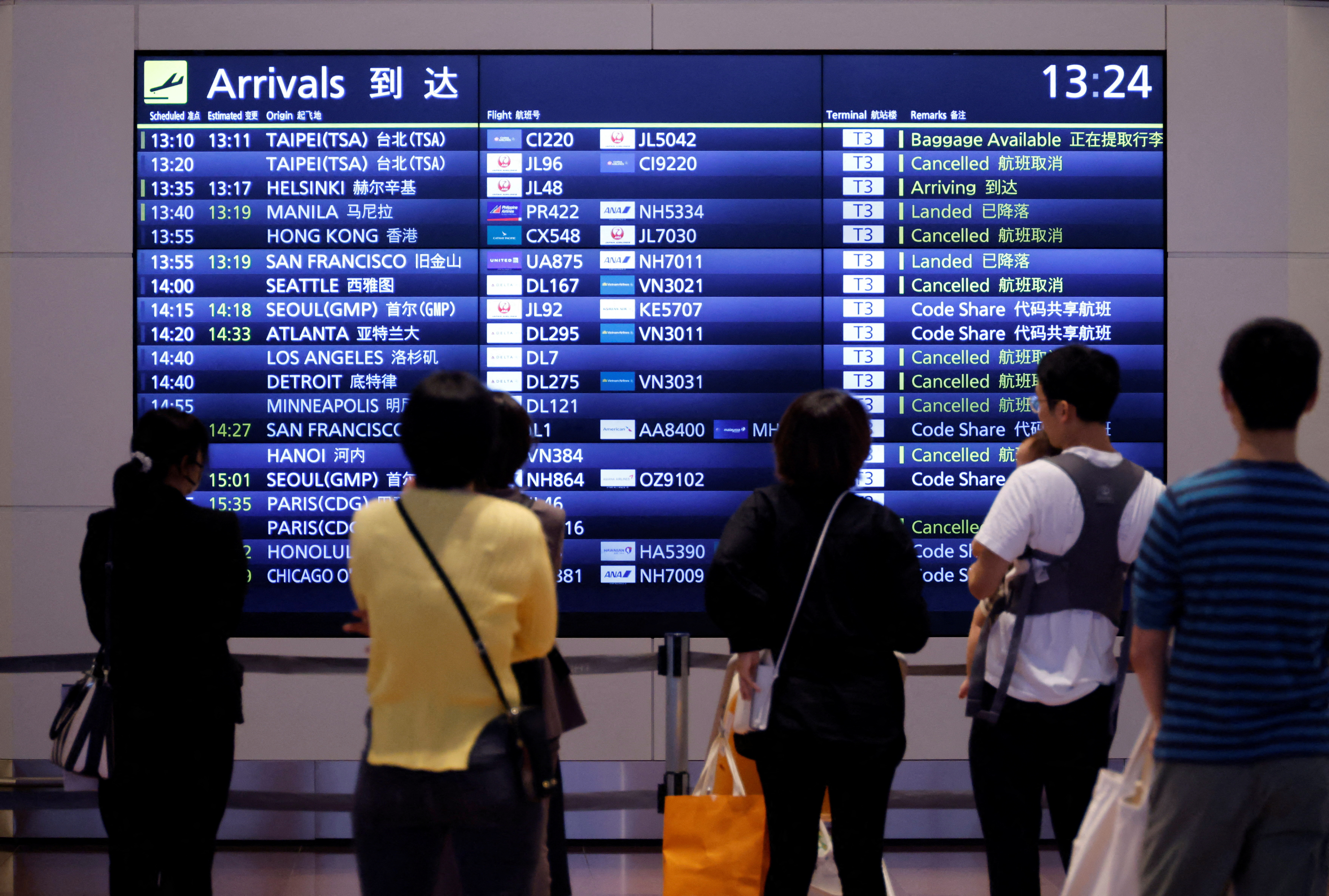
Sign up here.
Reporting by Chang-Ran Kim; Editing by Muralikumar Anantharaman
Our Standards: The Thomson Reuters Trust Principles. New Tab , opens new tab
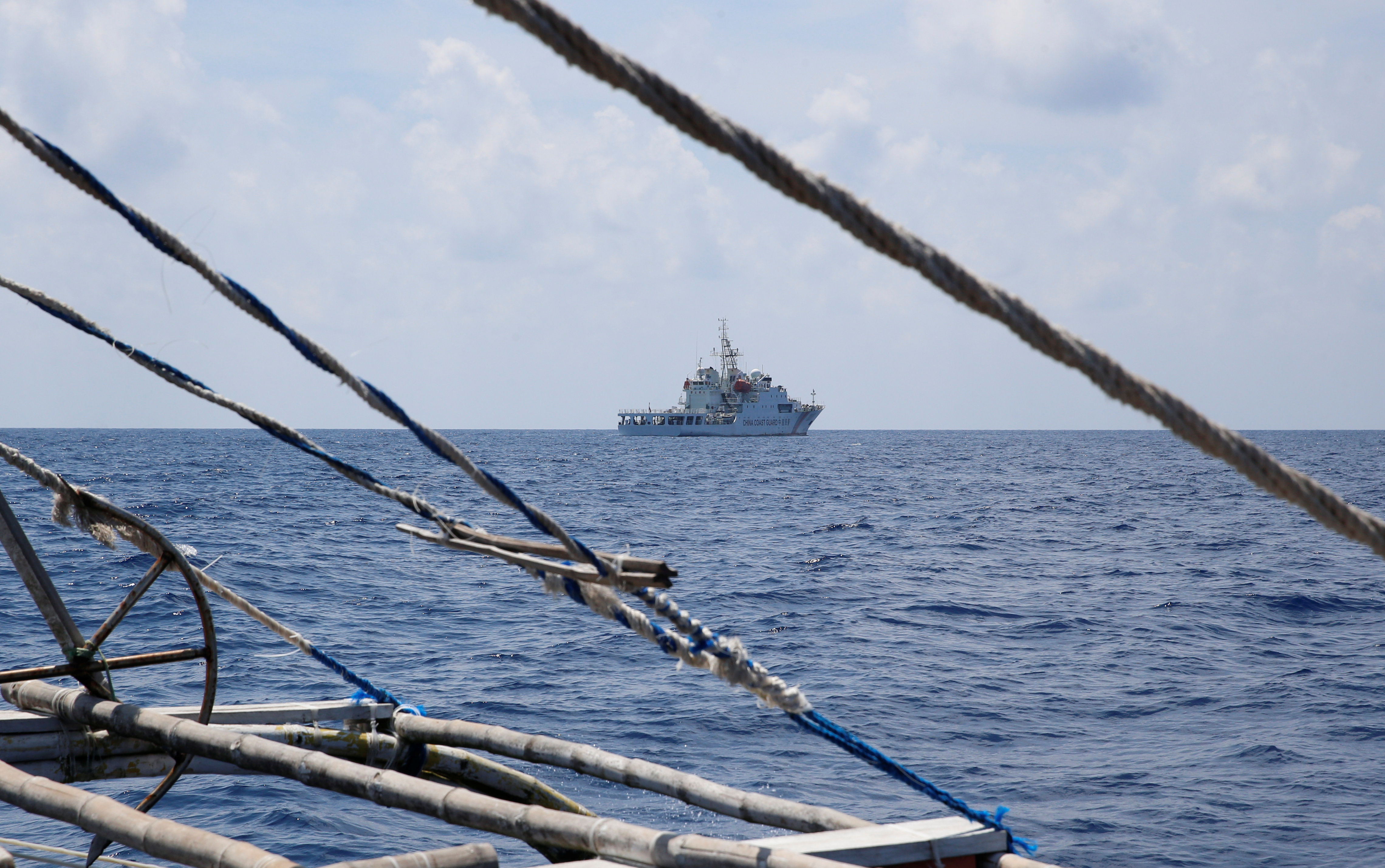
World Chevron

Israel will enter Rafah with or without Gaza hostage deal, Netanyahu says
Israel will carry out an operation against Hamas in the southern Gaza city of Rafah regardless of whether or not a ceasefire and hostage release deal is reached, Prime Minister Benjamin Netanyahu said on Tuesday.

- Subscribe Digital Print

- Tourism in Japan
- Latest News
- Deep Dive Podcast
Today's print edition
Home Delivery
- Crime & Legal
- Science & Health
- More sports
- CLIMATE CHANGE
- SUSTAINABILITY
- EARTH SCIENCE
- Food & Drink
- Style & Design
- TV & Streaming
- Entertainment news
Japan to reopen to independent travelers and lift daily arrival cap, Kishida says
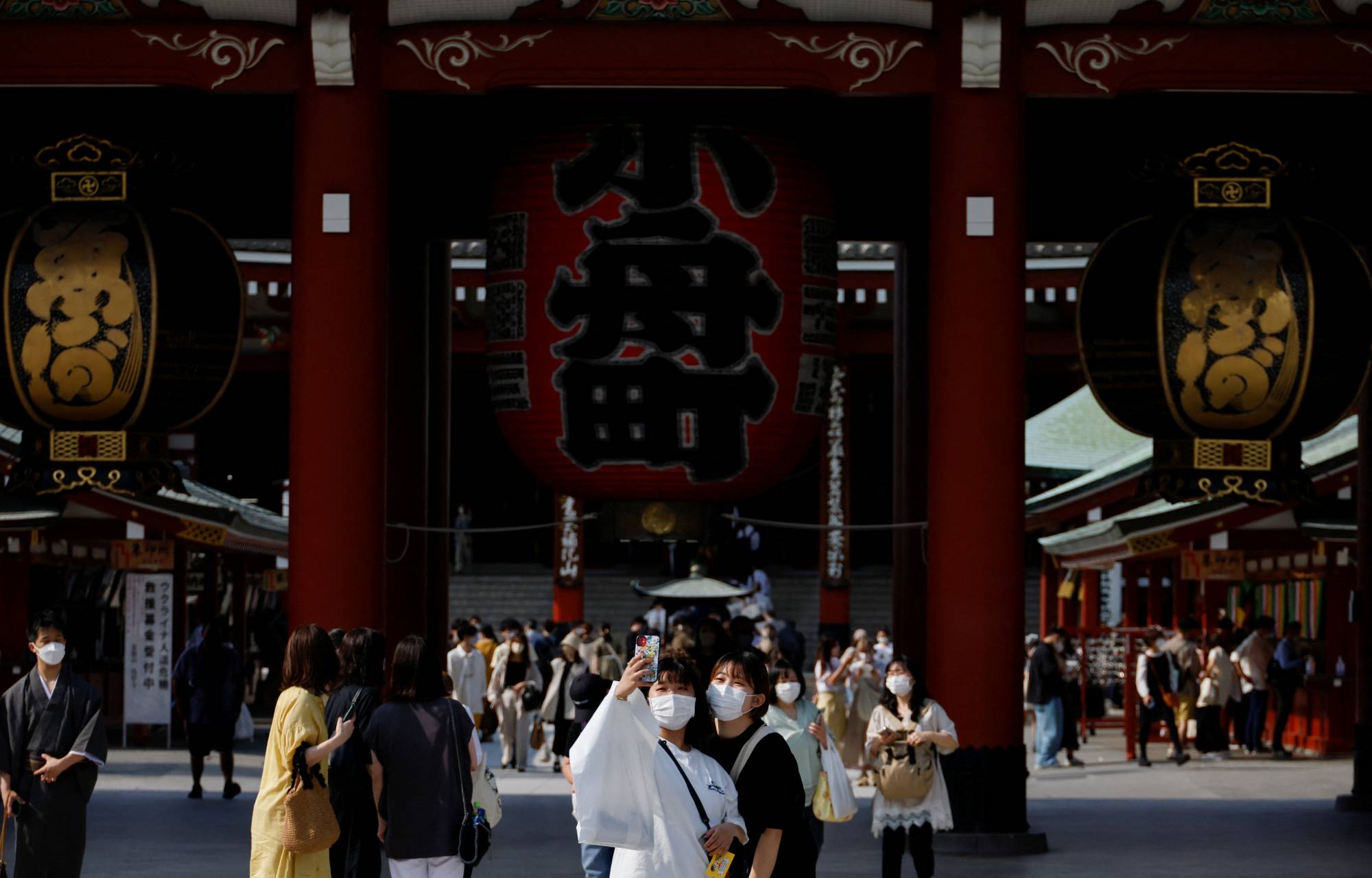
Japan will allow visa-free, independent tourism and abolish its daily arrival cap as of Oct. 11, Prime Minister Fumio Kishida said Thursday, marking a major policy shift after nearly 2½ years of strict COVID-19 restrictions.
Kishida made the long-awaited announcement during his visit to New York for the U.N. General Assembly .
“I hope many people will utilize them,” Kishida said at a news conference. "I want to support the travel, entertainment and other industries that have been struggling during the coronavirus pandemic."
The decision was hailed by the nation's top two airlines.
"We are extremely happy to see the long-awaited easing of restrictions," Shinichi Inoue, president of All Nippon Airways, the core unit of ANA Holdings, told reporters Friday. "We will increase flights from the end of October to welcome customers from abroad."
"The economic impact of inbound travelers before the COVID-19 pandemic is said to be roughly ¥5 trillion, and we are pinning great hopes that there will be economic effects of similar size," Inoue said, adding that the yen's sharp decline against the dollar "will definitely serve as an incentive" for foreign people to come to Japan.
He said it will lead to stimulating regional economies as well, as there are many people who want to travel to different areas of Japan.
Japan Airlines also welcomed the move, saying in a statement that the company will fully prepare to welcome visitors and contribute to revitalizing the Japanese economy.
Japan has been allowing tourists since June, starting with people on guided tours. On Sept. 7, the government allowed those on nonguided tours who had booked their flights and hotels through registered travel agencies.
But those measures have been unpopular with many foreign tourists who want greater freedom during their trips.
Tourists will need to be vaccinated three times or submit a negative COVID-19 test result ahead of their trip, Kyodo News reported, citing government sources.
A nationwide domestic travel program offering discounts for travel, entry to theme parks, and for sporting events and concerts is also set to start on Oct. 11. People who have been vaccinated three times or submit a negative test result will be eligible for the discounts, according to the report.
The program offers financial assistance of up to ¥11,000 ($77) per person for a one-night stay.
The moves will be welcomed by the nation’s tourism sector , which has been hit hard by the pandemic.
Travel agencies have been urging the government to waive the visa requirement for tourists, which has been a major hurdle for those wishing to come to Japan. In some cases, prospective tourists had to submit their visa application in person to the nearest embassy or consulate, while others did not get their visas in time for their travel plans.
In 2019, a record 31.88 million foreign travelers visited Japan , but the figure plummeted to about 250,000 in 2021 due to the closed borders .
The daily arrival cap has been raised gradually over the past six months, first to 5,000 on March 1 and eventually to the current 50,000.
Timeline of Japan’s COVID-19 border restrictions
Jan. 31, 2020: Japan bans the entry of foreign nationals arriving from China’s Hubei province, the first entry ban imposed due to the coronavirus. The ban was gradually expanded to 24 countries through the end of March.
April 1: Less than a month after the spread of COVID-19 was declared a pandemic, Japan halts entries into the country by foreign nationals, including foreign residents of Japan, from 49 countries, including the U.S., the U.K. and South Korea, bringing the total number up to 73 nations.
May 14: Japan expands its entry ban to cover a total of 100 countries and regions.
Aug. 28: The entry ban is expanded further to cover 159 countries and regions.
Sept. 1: Japan lifts ban on re-entry of foreign residents.
Oct. 1: Japan lifts its ban on entry by foreign nationals planning to relocate to the country.
Dec. 28: Japan again implements a ban on the entry of nonresident foreign nationals.
Jan. 14, 2021: Japan suspends a business-track travel program with some countries and mandates that all people arriving in the country quarantine at home for 14 days.
Nov. 8: Japan opens its borders to foreign students, interns and other business travelers.
Nov. 30: Japan bans the entry of nonresident foreign nationals after the discovery of the highly contagious omicron variant.
March 1, 2022: Japan allows foreign nationals arriving for purposes other than tourism to enter the country.
June 1: Japan raises daily arrival cap to 20,000.
June 10: Japan allows entry of foreign tourists on guided tours.
Sept. 7: Pre-arrival PCR tests are dropped for travelers who have received three shots of an approved COVID-19 vaccine. Japan also raises the daily arrival cap to 50,000 and allows entry of foreign tourists on nonguided tours.
Oct. 11: Japan to allow entry of visa-free independent tourists and abolish the daily arrival cap.
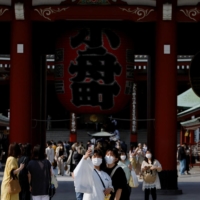
In a time of both misinformation and too much information, quality journalism is more crucial than ever. By subscribing, you can help us get the story right.

Japan travel requirements 2024: What travelers need to know
We aim to keep this post updated about Japan travel in 2024 with official Japan travel restrictions, requirements, and health and safety guidance. Our goal is to help you make informed decisions so you can travel confidently, safely, and responsibly in this new post-pandemic world of ours.
Since travel restrictions can vary by citizenship, we will be focusing our post on rules that affect U.S. citizens.
Last update: April 6, 2024. Originally published: July 2022.
Disclosure: This post contains some affiliate links. If you make a purchase through one of our links, we may receive a small commission, at no additional cost to you.
* Get our free Post-Pandemic Travel Checklist *
April 2024: “Tourism is really popular in Japan these days, and crowds can be difficult to avoid. T here are no more travel restrictions for Japan, so it’s a much simpler arrival process than last year. However, we still highly recommend filling out the Immigration and Customs form online for quicker arrival (see instructions below). We showed our passports and QR code at immigration and customs, did fingerprints, and had no questions asked. Wifi in both Tokyo airports can be frustratingly slow, so it’s important to screenshot/download the QR code before departure so you can access it offline. Just as it was pre-Covid, there is a percentage of Japanese people who wear masks out and about in public.” – Michelle & Jedd, Intentional Travelers
At the end of the post, we share more on-the-ground perspectives from local residents and travelers to Japan so you can get a sense of what it’s really like.
Table of Contents
Is Japan open for travel? Can I travel to Japan right now?
As of October 2022 , Japan is open for tourism for independent travelers. Visa-free travel for selected countries, including the US, has been resumed.
Tourists with U.S. passports can stay in Japan visa-free for up to three months. Find details and rules for entering Japan from other countries here .
Japan travel restrictions have been eased but travelers are asked to follow guidelines with regard to masks, social distancing, dining etiquette, and more.
As of April 2023 , a proof of vaccination or a negative Covid-19 test are no longer required for all travelers arriving in Japan.
To facilitate the arrival process, it’s highly recommended to submit your information online through Visit Japan Web before travel.
Steps for Traveling to Japan: What to Know (2024)
For a smoother arrival, travelers to Japan can pre-register for airport Immigration and Customs to receive the QR codes used for “Fast Track” at major airports across Japan.
We completed the Japan entry process in late March 2023 and again in early April 2024. It was admittedly a bit confusing, so I thought I’d share our experience and tips, as the process is still the same (apart from step 2).
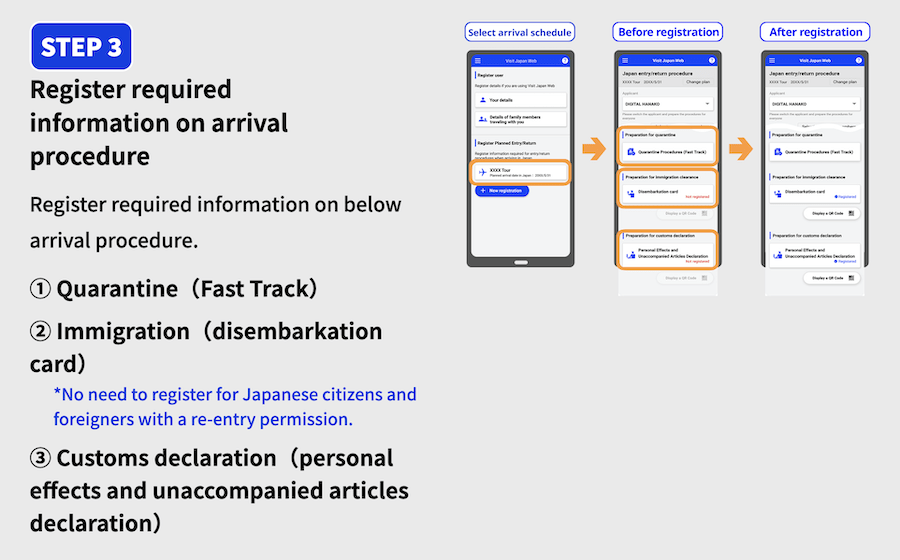
1. Register at Visit Japan Web
While the Fast Track/Quarantine procedures are no longer mandatory to complete in advance, I was glad I followed advice to pre-register through the Visit Japan Web site.
The latest they say you can register is at least 6 hours ahead of your flight to Japan .
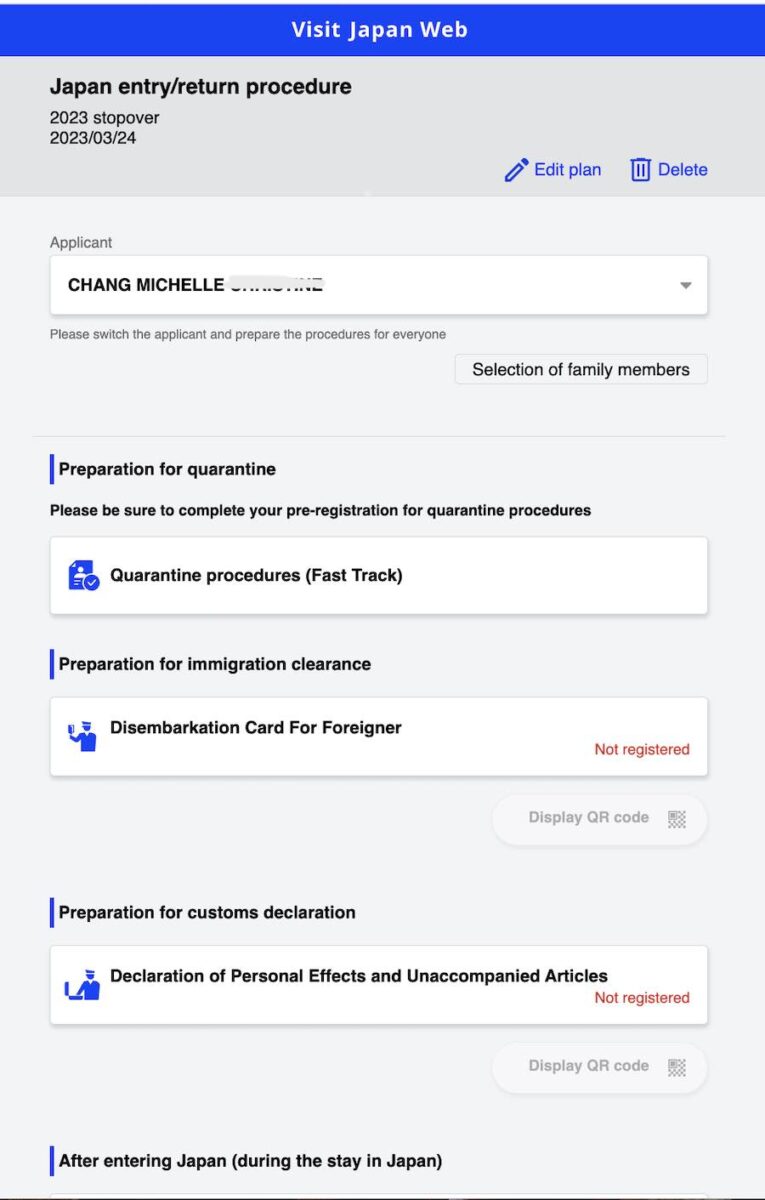
2. Submit your Covid documents in advance – NO LONGER REQUIRED
3. Register for immigration QR code
Returning to the main registration dashboard on the website, select the next module “Disembarkation Card for Foreginer,” which says it’s required for landing in Japan.
Some details pre-populated from from my profile. I selected Tourism for purpose of visit. Then there are three ways to report length of stay: year, month, day; as well as a few questions about any criminal background in Japan.
Once completed, a button “Display QR code” appears below the appropriate section.
Take a screenshot of the Immigration QR code and save it to your phone . It will have a yellow line above it.
If you don’t have the QR code , there are immigration cards available to fill out at standing desks located before entering the lines. Some people got all the way up to the immigration agent and were asked to step aside to fill out a card, which are also available next to each immigration stall.
The immigration line at Narita moved steadily but took about 25 minutes since several flights had arrived at once.
When I showed the QR code, the immigration officer simply took a headshot picture and fingerprint scans, then stuck a “landing permission” stamp in my passport for 90 days. No questions asked.
4. Register for Customs QR code
Returning again to the main dashboard, finally select “Preparation for customs declaration.” This registration allows travelers to go through an electronic declaration gate, which wasn’t super clear once we were at the airport.
I entered my flight origination (Hanoi) and number of family members with me (1). Then there’s the usual customs questions – type of goods, prohibited items, monetary funds, alcohol, cigarettes, souvenirs over 200,000y.
Again, take a screenshot of the Customs QR code and save it to your phone . It will have a blue line above it.
At Narita, the customs line for QR codes are labeled “electronic declaration” in blue. There are also kiosks that allow QR code, card, and duty free, as well as those that are for physical customs card only. The lines weren’t too long so it didn’t matter much which line we chose.
The customs officer had us scan our QR code and we could see our entered data displayed on an over-sized tablet-like device at the desk. No questions asked, we proceeded to exit the airport.
5. Sign up for travel insurance
It’s recommended to obtain insurance to cover medical costs related to COVID-19 in Japan. For travel insurance that covers Covid, we use Nomad Insurance by Safety Wing.
Quarantine rules in Japan: What happens if I get Covid?
Travelers are not required to quarantine upon arrival in Japan, provided that they are not suspected of having Covid-19. See details here .
Residents report that quarantine rules for testing positive may no longer be enforced anymore.
Previously, foreign tourists who tested positive for Covid while in Japan had to contact a local consultation center . A 7-10 days quarantine at a government-designated accommodation facility was required with all costs covered by the visitor.
The quarantine period could end within 7-10 days depending on the symptoms and/or negative COVID-19 test result. See details here .

Can I travel to Japan in May? Can I travel to Japan this Summer?
Travel to Japan in May is open . See details above and check back for updates.
Is it safe to fly to NRT Narita or HND Haneda International Airport ? Health screenings and body temperature checks are no longer in place at the airport. Wearing of masks is no longer required on flights or in the airports, though masking is still widely practiced.
Stringent cleaning and seating limits are implemented.
What is it like to fly to Japan right now? All Nippon Airways reports that masks are now optional. Additional procedures are in place at Immigration – please see details above.
Do Americans have to quarantine when traveling to Japan? No . See quarantine details above.
Does Japan check COVID-19 symptoms of incoming travelers? Health screening procedures such as temperature checks and simple symptom questionnaires are typically not in place at ports of entry anymore.
Does Japan require a negative Covid 19 test for travelers? A negative test is no longer required to enter Japan as of April 2023.
Does Japan require a proof of Coronavirus vaccine for travelers? A proof of Coronavirus vaccine is no longer required to enter Japan as of April 2023.
Do I still need to provide a negative Covid test or quarantine if I have been vaccinated? No. A negative Covid test, quarantine, or proof of vaccination are no longer required to enter Japan.
Is a booster shot required for travel to Japan? No. A booster shot is no longer required to enter Japan.
What Covid testing options are available for travelers? PCR and/or antigen tests are available for travelers in Japan. Travelers should contact the local consultation center to determine the location of testing facilities within Japan. A non-comprehensive list of some COVID-19 testing facilities can be found here .
Test results are available within 24 to 72 hours but many labs can return results in a matter of hours. PCR test costs vary from ¥2,500 to ¥16,500.
What healthcare options are available to travelers in Japan who get the virus? Japan hospitals and clinics are open. Foreign visitors are required to secure a medical insurance which that will cover medical costs in case they contract COVID-19 in Japan.
For travel insurance that covers Covid, check out Nomad Insurance by Safety Wing >
What service businesses and restaurants are open in Japan ? Businesses and restaurants in Japan are open. Some businesses may require their own mask rules or capacity limits.
What public gatherings are allowed in Japan? Public gatherings are allowed in Japan subject to safety guidelines.
Are face masks required in Japan? As of March 2023, wearing of face masks in Japan is recommended but no longer required.
Face masks are almost universally worn in public, especially in urban areas, indoors and on public transportation. The Consulate website states that failure to adhere to mask-wearing norms reflects poorly on foreign visitors.
Are buses running in Japan? Trains, buses and taxis are running as usual in Japan.
How has the Coronavirus impacted Japan?
Japan managed impressively well compared to most countries in the early days of the pandemic. Although Japan has been previously in a State of Emergency, the lockdowns were less disruptive on Japanese daily life.
However, Japan’s inbound tourism business lay dormant for years. Japan finally began easing restrictions in 2022 and reopened to travelers in June with strict entry requirements.
Japan finally eased entry requirements for travelers in October 2022 making it easier for travelers to visit the country. Visa-free travel has also been resumed for select countries.
Vaccination in Japan started later than some other countries. Around 80% of the population has been vaccinated and 64% had received a booster shot.
Tourism is now back with record numbers of visitors, however, staffing shortages have not fully recovered.
For the current situation in Japan, including: total COVID-19 positive cases; total cases in Japan; and COVID-19 testing in Japan, please see the Japan Ministry of Health site .
What should you pack for safely traveling in Japan?
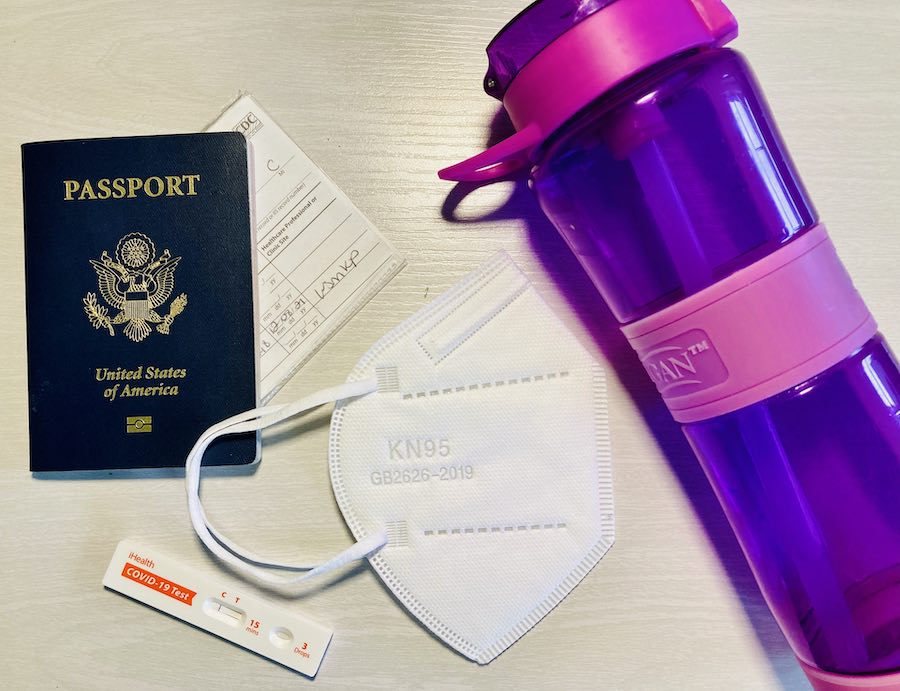
😷 Face Masks -Face coverings are recommended and widely used in public places. Find N95 masks at Bona Fide > or designer options at Vida >
💊 Medicine – Bring enough prescription and over-the-counter medication for your entire trip to avoid trips to the clinic.
💳 Vaccine Card Holder – Protect that paper CDC card when traveling abroad (if your country doesn’t offer a digital version). Get a simple plastic protector > or Vegan leather clippable > or Leather passport + card combo holder >
👃 Covid self-test – The most studied rapid antigen self-test with FDA emergency authorization. NOT valid to enter countries. Use for your own peace of mind. Order from CVS > or Walmart >
💧 Sealed water bottle – Make sure your reusable water bottle has a lid that’s not exposed to the air. We use one of each of the following: Shop insulated water bottles with protective lid > Shop water bottles with purification filter and protective lid >
✈️ Travel insurance that covers Covid – We’ve started using Nomad Insurance by Safety Wing for affordable evacuation, international medical, and trip coverage.
What do Japan locals and recent travelers say about visiting Japan now?
What is it like to visit Japan right now? It’s our goal to provide regular updates here from real people on the ground, to help potential visitors know what to expect. The following are subjective opinions only. Official travel guidance can be found above.
January 2024 – Brandon of Zimminaroundtheworld , expat living in Japan: “Japan is seeing an increase in tourism now that the country is open to visitors. Many visitors are traveling to Tokyo and Kyoto but some towns and cities like Nikko, Fukuoka, Hiroshima, and Naha are also seeing rises in tourism.
Currently there are no travel restrictions within Japan unless it is due to environmental catastrophes like the earthquake that occurred in Ishikawa Prefecture recently. Access to healthcare in Japan is easily available and affordable. Although foreigners can sometimes pay up to 200% more for healthcare it is still cheap.
Many attractions and famous sites around Japan especially in Kyoto and Tokyo are crowded with lines that are longer then expected. In general, restaurants in Japan are smaller and can only able to accommodate up to ten people or fewer and the space can feel cramped. Like anywhere else, keep an open mind and be flexible and there will be no problems while traveling around Japan.”
September 2023 – Jackie Szeto of Life of Doing , American traveler: “My husband and I traveled to Tokyo and Nikko, Japan for vacation in September 2023. Expect large crowds at major attractions, restaurants, and trains in major cities such as Tokyo and Kyoto. Visiting other destinations such as Nikko is a nice change of pace with fewer crowds, especially on the weekdays.
It’s recommended to complete the Immigration and Customs declaration on the Visit Japan Web to expedite arrival, but it’s not required. When landing at international airports, the QR codes for Immigration and Customs are still accepted. Otherwise, all COVID protocols have been dropped in the cities. Antibacterial hand sanitizer is still provided at entrances of hotels, restaurants, and shopping centers. Some people still wear masks in crowded areas and on trains, but most go mask-free.”
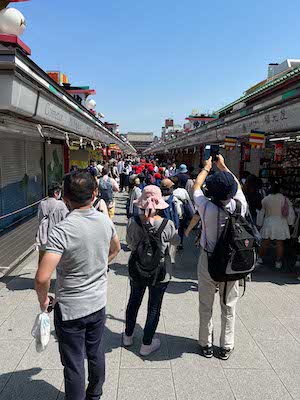
May 2023 – Sophie Pham of Delightful Travel Notes , traveler: “My husband and I were traveling in Japan for 11 days from May 11-21, 2023 for our vacation. I found that Japan had already welcomed visitors with open arms, free of earlier restrictions. The return of both domestic travelers and international tourists created a lively atmosphere, and crowds could be seen in a lot of places.
In May, it took us 45 minutes to clear immigration at Kansai International Airport after landing at around 7:45am.
All attractions and food venues were fully open, with no social distancing measures or mandatory mask rules, although some restaurant servers, locals, and taxi drivers still chose to wear masks. Some famous restaurants had long lines again, and popular attractions like Fushimi Inari, Kiyomizu-dera, and Senso-ji-ji could get crowded during the day. If there’s a particular popular restaurant you want to try, it may be best to make your dinner reservation in advance, especially for weekend. Overall, everything is lively again and we had a great time.”
March 2023 – Michelle, Intentional Travelers, American visitor: “We enjoyed a two day layover in Japan. The online procedures and QR codes were a bit confusing but I highly recommended doing them in advance of travel to make your arrival smoother.”
February 2023 – Joel, US traveler: “For the most part the Japanese are wearing masks. I’d say mask wearing is at about 99%. Despite the crowds in the city and packed trains and subways, it honestly feels way safer than generally any place in America where mask wearing is far from the majority. ANA enforces a mask wearing requirement whereas United is pretty much a free for all.
One key thing that is good to know is at the ticketing counter they need to know your return flight info when initially checking in. We had all the other Japan travel docs as far as the gov mandated requirements but this one kinda caught us off guard. The immigration line may seem staggering but it moves. ”
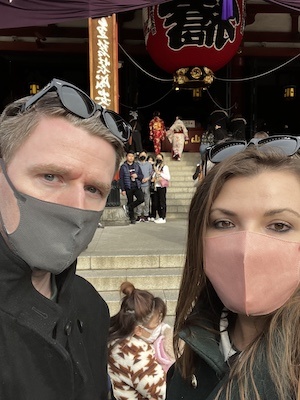
January 2023 – Lizzie of Wanderlust & Life , UK traveler: “I flew to Tokyo in January 2023 for 3 days as part of a stopover between Australia and the UK. For us it felt like the country is so happy to welcome tourists again. We were slightly worried about visiting or entry restrictions changing last minute but the airline kept us up to date and apart from filling out a lot of forms on arrival it felt quite normal being there.
As Japan only opened recently there weren’t as many tourists as we were expecting which was a plus really. We were made to feel so welcome in the country.
Masks are mandatory indoors and everyone seemed to be following this. The vast majority of people were also wearing masks outdoors too. Sanitiser is readily available in restaurants and tourist attractions. We didn’t encounter any contact tracing or even requests to show covid passes. The only frustration we had was that we flew JAL and we had to wear masks our whole flight which was about 14 hours in one go and this was enforced by cabin crew.”
November 2022 – Darryl H., New Zealand traveler: “My visit to Japan involved a return to the sort of measures that, in my home country of New Zealand, had been abandoned some time ago. The first action on arriving at Tokyo’s Narita Airport, with my mask firmly in place, was to allow officials to check and confirm I had complied with mandatory online registration of evidence of my vaccination status. Once this had been done, the arrivals process was pretty much standard.
During my 10-day stay, I experienced no restrictions on my movements or activities. The differences were in the roles of masks, sanitiser and – in some instances – distancing. The wearing of masks indoors and on public transport is close to one hundred percent, whether or not they are demanded. Outdoors, in most situations, they appear to be worn by at least 98 percent of people, although in some areas later in the evening there is an obvious relaxation in standards – especially among younger people. While most tourists appear happy to comply with the standards followed by locals, the proportion of non-mask use by non-Japanese is clearly larger than by Japanese. At no stage did I see any visitor reproached for this.
There is sanitiser on hand (pun intended) everywhere. It is probably accessed by about a third of people. There are many locals who are fastidious about sanitising.
While I observed no enforced distancing on public transport or in the street, it is definitely in place in cafes and other eateries. Most places I visited had plastic partitioning between patrons, and crosses to discourage the use of every second seat. Groups or couples are, of course, welcome to sit together.
The buffet breakfast in my hotel illustrates all three of the above differences. When I arrived at breakfast each morning, masked of course, the attendant ensured that I first sanitised my hands and then put on plastic gloves. Only then could I approach the serving implements and food. I would then sit on one of two seats (the second having a cross on it), both of which were partitioned off from the next pair of seats. Seats with another seat opposite were separated by another plastic partition. If I wanted to return to the buffet for more food, I first had to remask and re-glove. Once I forgot the gloves, and was politely turned back before I could touch the serving implements.
It is not uncommon for Japanese hospitality venues to give high priority to cleanliness, but there seems to be super-high priority now. Where in New Zealand I might expect a quick wipe over of a table between customers, in Tokyo it now appears to be a thorough and sometimes deep clean.
The precautions in no way reduced my pleasure in revisiting Tokyo. And they increased at least my perception of being protected.”
September 2022 – Jackson, American visitor: “Traveling to Japan reminded me of the COVID situation in Hawaii a year ago. People go about their day with a medical mask. Every store front has hand sanitizers and thermo cameras. COIVD testing and vaccination clinics are common place. Despite these COVID precautions, Japanese residents and businesses continue to welcome visitors with refreshing grace and hospitality. Japan’s omotenashi , beautiful scenery, and extraordinary delicacies are worth exploring and appreciating, but can tempt visitors into overlooking the uncertainty that underlines Japan. I hope visitors will take the time to learn about the challenges of the Japanese people and reciprocate Japan’s hospitality with a gracious thank you.”
Aug 21 2022 – Y., American Japanese dual citizen: “ I returned from visiting family in Japan two days ago. Travel is still tough. The plane was empty – only 20 passengers on a big airplane. My pre-travel Covid test was 10 minutes earlier than the required 72 hours so I was turned away at the airport. I scrambled to find a last minute PCR test with rapid results and rush back to the airport.”
August 2022 – Christine, American visitor: “Japan isn’t currently open to tourists. I was there for a school conference, and had to get a conference visa. One has to get a visa for Japan in advance and you can only get one with an EFRS form filled out from someone in Japan.
I had to have a negative PCR test from within 72 hours of departure time. There’s eased quarantine procedures, which depend on the countries you’ve been to in the previous 2 weeks. And you have to have the MySOS app on your phone because they might check up on you. It also expedites your entry because you can upload all the necessary forms/COVID test/questionnaire ahead of time.
Everyone wears a mask everywhere, and they’re available for cheap at convenience stores. Because I was on a university’s campus most of the time, I had to report my temperature and if I was having any symptoms to the University every day.”
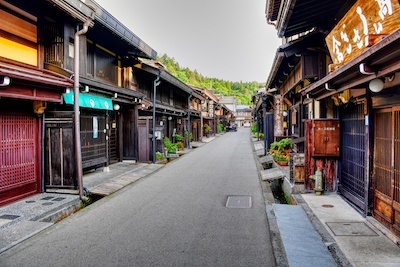
July 2022 – Brandon of https://zimminaroundtheworld.com , Expat in Japan: “Currently Japan is only doing guided tours for international tourism. Travel entry for normal tourism is not an option at the moment. I recently took a trip around central Japan and visited a variety of cities and saw hardly any tourists. It’s nice to get great photos of popular attractions without crowds of people in the photos. But at the same time, it is taking a toll on the economy. I’ve seen shops and restaurants struggle to survive here and locals begging for tourism to come back.
Masks have been worn in Japan even before Covid. To this day, the majority of the population wears masks and obeys the rules, this includes both foreigners and locals. I wear a mask when leaving my apartment and only take it off when social distancing can be achieved or while eating at a restaurant. The positive aspect about Covid is that there are no long lines to enter attractions or eating establishments. I feel public transportation is safe here as the Japanese are very good and sanitizing everything.”
Planning a trip to Japan?
Check out our other Japan travel resources: – Great Things To Do Around Iwakuni, Japan
If you have questions or updates about travel to Japan during the Coronavirus crisis or post-pandemic, please let us know in the comments below.
~ Pin this post for later or share with friends ~
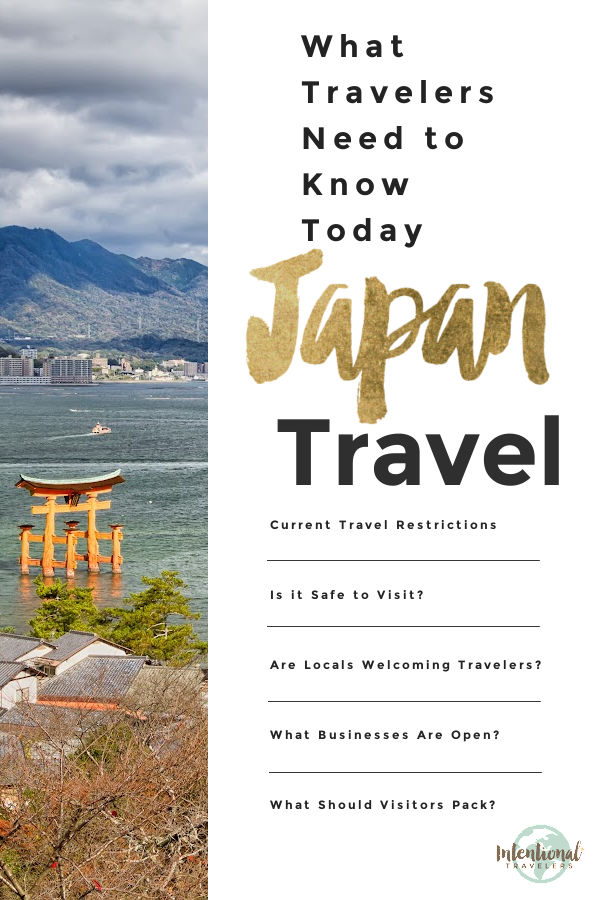
Disclaimer: Please note, travel restrictions change frequently. Readers must take responsibility for verifying information through official sources like the State Department and CDC, in respect to their specific situations. No responsibility can be accepted by Intentional Travelers for action or inaction as a result of information provided through IntentionalTravelers.com. Any information provided here is issued as general information only.
Similar Posts

Review: Kindred Spirit Elephant Sanctuary + Hill Tribe Homestay (with Video)
Southeast Asia has its fair share of elephant camps, sanctuaries, and various other elephant attractions. Nature & Wildlife tours, as well as trekking tours to the hill tribe villages, are some of the top things to do in Chiang Mai. While visiting elephants sounds exciting, visitors should be aware that the thriving travel market in…
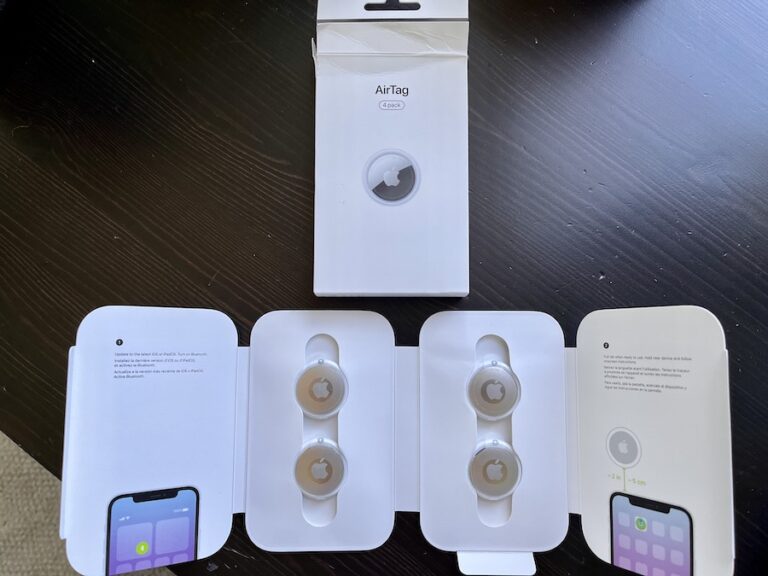
How to Use Apple AirTags For Tracking Luggage When Traveling
With growing concerns over lost luggage and delays at airports, we decided it was time to try Apple AirTags as a luggage locator or tracking device on our trips. In this Apple AirTag review for travel, we go over our personal experience with Apple AirTag luggage tracking on various flights. We also share important things…

Suggested Vietnam Itinerary: 10 Days, 2 Weeks, or 1 Month
Vietnam has become one of our favorite travel destinations. This post will help you create the best Vietnam itinerary for your own trip, whether it’s for 10 days, 2 weeks, or 1 month. We had the good fortune of having friends who were living in Vietnam for several years. They showed us around Hanoi and…
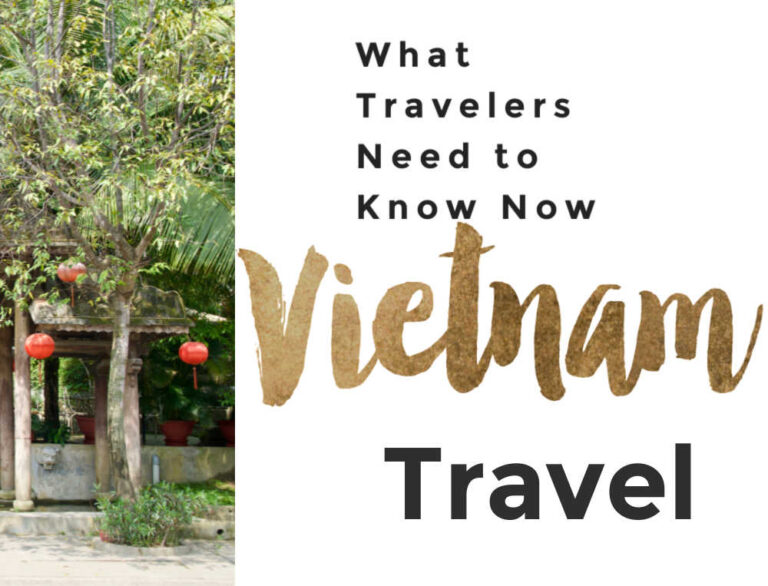
Vietnam travel requirements 2024: What travelers need to know
We aim to keep this post updated about Vietnam travel in 2024 with official Vietnam travel restrictions, requirements, and health and safety guidance. Our goal is to help you make informed decisions so you can travel confidently, safely, and responsibly in this new post-pandemic world of ours. Vietnam is a destination close to our hearts….

Unique Things to See and Do in Bali
In recent years the Indonesian island of Bali has become an extremely popular tourist destination due to its stunning natural landscape, cultural heritage, exotic wildlife, and affordable costs. Due to its thriving tourist scene, there are a multitude of incredible experiences which can be enjoyed across the island that many visitors do not have the…
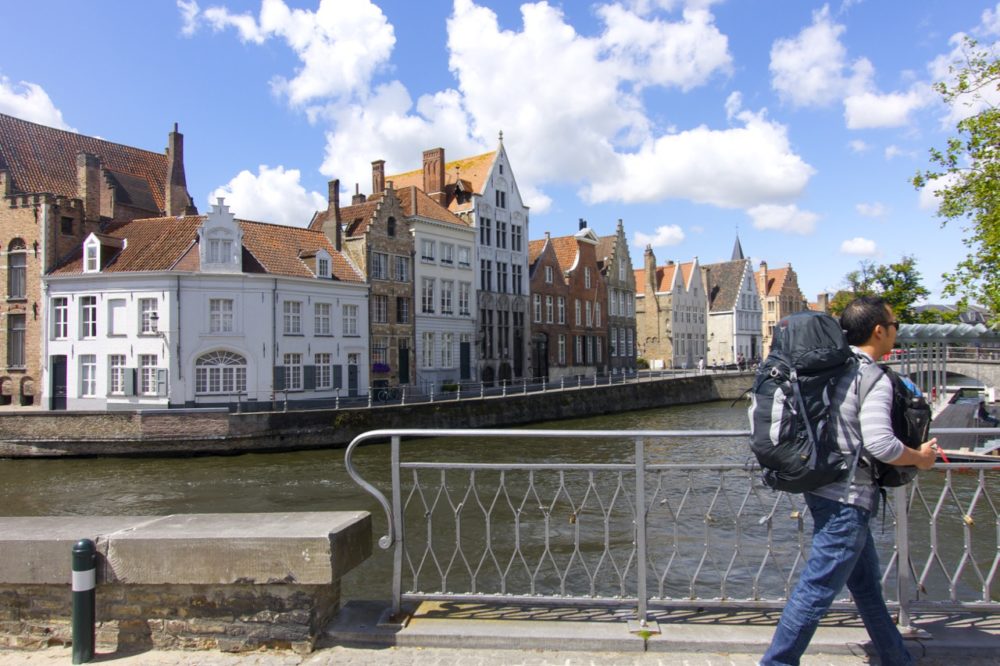
10+ Items We Take With Us on Every Trip
We pack and re-pack our bags a lot as Digital Nomads. Typically, we travel with a backpack and laptop bag each; or a rolling carry-on suitcase and a laptop bag. Our trips can be a house-sitting gig just a few miles away, to visiting our Peace Corps community in Jamaica, or country hopping around Europe…
Hi Great article ! I noticed you have been vaccinated once with JJ (same here) . You mentioned the requirements for boosters but it sounds like you haven’t had a booster? I tried to sort through the link page but couldn’t find any further info. So my question is I’m planning to travel after May 8th with 1 JJ vaccination, I’m Canadian, but will be coming from Indonesia. Thanks for any insight you might have
Hi and thanks for visiting our blog. While we had the single JJ vaccination, we also had boosters. I mentioned it because the Japan entry form allows you to essentially count JJ as two shots out of the three that are required. In other words, at least one booster is currently required for entry to Japan. That said, vaccine documentation will no longer be required after May 8 so you shouldn’t have to worry about it.
I am travelling to the US from Australia via Japan in September. I fly with JAL, from Melbourne (MEL) arriving at Haneda International Airport (HND), but need to fly out of Narita International Airport (NRT) to New York (JFK).
I would like to know if I will be allowed to travel, via Japan, in September.
Australia is in Blue Category and I have had 3rd dose of Covid vaccination.
I look forward to your reply soon.
Thank you for your question. Unfortunately, it’s difficult to say what will be possible in September, as we do expect the rules to change over time. Currently, foreign travelers are limited to package tours and may not use public transit. To find out if any exceptions can be made for transit between airports, you can try the Japan visitor hotline .
Leave a Reply Cancel reply
Your email address will not be published. Required fields are marked *
This site uses Akismet to reduce spam. Learn how your comment data is processed .

How to Travel in Japan as a Tourist Since June 2022
Updated with september 7’s measures.
Tourists have been allowed again in Japan since June 10, but under very specific conditions.
Given Japan’s poor communication and the last months’ ever-changing requirements, it seems that the gradual tourism resumption framework is somehow unclear or blurred by older measures. We thus summarized what travelers need to know to take a trip in Japan this summer 2022 and after, under the current requirements.
Students, businesspeople and residents’ relatives whose situations fall under other requirements since March are out of the scope of this article that will only focus on tourists.

📝 General requirements
During his visit in London in early May , Japanese Prime Minister Fumio Kishida promised the reopening of the borders in line with the other G7 countries for June.
Technically, tourists are indeed allowed entry to Japan, but there are specific requirements as explained below:
🛃 Daily entry cap
Since September 7, the daily entry cap in Japan has been raised to 50,000 (it gradually raised since early 2022 in a trend that is expected to continue).
However, it is not really something to worry about .
The limit is indeed on the number of slots allotted to the airlines landing every day in the archipelago. If you bought a flight ✈️ to Japan, you may land anyway .
That is to say, provided you can find an affordable flight this summer, given the lengthening of flight duration consequence of the war in Ukraine, the flaring up of the kerosene prices due to the worldwide inflation, the staff shortage…and strikes that may occasionally disturb the beginning of the vacations’ period.
📄 Getting a tourist visa
Since March 2020, touristic trips reciprocity in the visa waiver program agreements with several countries in the world has been suspended by Japan, something that the European Union has been recently holding against the country. Even so, Japan resumed visa issuance for tourism purpose from 2022, June 10.
However, a travel agency based in Japan must act as a sponsor for any touristic trip . The agency must declare each of their travelers beforehand through the Japanese immigration’s ERFS system, in order to get a PDF authorization called " UketsukeZumisho ".
Then, prospective travelers must go - generally in person – to their nearest Japanese Embassy or Consulate with the following documents to apply for a visa:
- This filled-in form ;
- An ID photo ;
- Their passport;
- The " UketsukeZumisho " authorization received from the travel agency;
- Cash to pay the visa fee; and,
- A lot of patience (the wait can last several hours even with an appointment).
They must make sure to book their appointment at the embassy leaving enough leeway to complete the whole process.
Naturally, the documents list is non-exhaustive and details for application are to be checked with the Japanese Embassy or Consulate in your area. Make sure to book your appointment as soon as possible as the earliest date available may be scheduled several weeks later.
Afterwards, the passport stamped with a tourist visa is usually returned in about 5 working days (timelines may vary depending on the area).

🏥 Health insurance
Travelers must subscribe to their own health insurance that must cover medical costs in case of hospitalization due to a severe form of Coronavirus 🦠 .
Many clients who pay at least a part of their reservation with a bank card 💳 (especially the "Gold" or "Premier" holders) may already have such a coverage, but each traveler is advised to check the conditions of their insurance contract.
If not covered, subscribing to a third-party insurance is mandatory and fortunately not that expensive. Kanpai suggests several reliable companies here:

👃 PCR test before departure
In the same way as to travel in many other countries in the world, it is still mandatory for travelers aged 6 years and older to get a negative Covid test before departure , regardless of their vaccination status. The test must be made at the earliest 72 hours before the departure of the flight for Japan .
Important notice : you must fill in this specific certificate and submit it to the Japanese immigration (a physician’s signature or a laboratory stamp are not necessary anymore to validate it).
The PCR test is not required anymore since September 7th to flight to Japan, but only for travelers who received their three vaccine doses (being infected with Covid is not considered being vaccinated). The authorized vaccines are:
- Comirnaty (Pfizer)
- Spikevax (Moderna)
- Vaxzeveria (AstraZeneca)
- Jcovden (Janssen)
- Nuvaxovid (Novavax)
- Covaxin (Bharat Biotech)
💉 No mandatory vaccine or quarantine
Japan includes the United States, Canada, and the United Kingdom (98 countries in total) in its blue countries list. Therefore, travelers who stayed in these countries during the 14 days-period prior to their arrival on the archipelago do not need to be vaccinated to enter the country (see the PCR test information above). Moreover, they don’t need to be quarantined .
If your country happened to be downgraded to the yellow countries list (which is not impossible considering the recent BA4/BA5 variants wave, even if Portugal went through it without being demoted from the blue countries), only triple-vaccinated travelers would be exempted of quarantine . For the others, 3 to 7 5 days of isolation in a hotel 🏨 could be required depending on the results of a PCR test after 3 days.
📲 App to download
Each traveler arriving in Japan must have their own smartphone 📱 and download the Japanese government’s app " MySOS " .
The " Fast Track " system has the additional advantage to fill personal information beforehand in MySOS such as:
- Passport number;
- Vaccination certificate, and more importantly;
- A negative test certificate.
It helps save time with the arrival procedures at the airport: Tokyo -Narita, Tokyo-Haneda, Nagoya - Chubu , Osaka - Kansai , Fukuoka , and recently Naha ( Okinawa ), Sapporo New Chitose ( Hokkaido ), Sendai, Hiroshima and Takamatsu.
The renting of a Pocket Wi-Fi to be permanently connected to the internet 📶 in Japan is all the more necessary.

👨👩👧👦 Group Individual travel
That is the most confusing point. From May 24 to June 4, the Japanese government conducted test package-group tours from various countries, but this test period is now over.
There is no limit (minimum or maximum) anymore regarding the number of travelers : you can travel alone, in couple, with family or friends, regardless of the number of travelers.
Entering a package group tour is not mandatory ! Some travel agencies may offer this kind of service to compensate for the shortage of guides or to make the cost of the guide more affordable (see below) but it is not a condition required by the Japanese government.
🚶 Planned itinerary
Your trip must, to a certain extent, be planned and organized by a travel agency . While travelers could book their flights and hotels themselves between June 10 and September 7, it is now required to go through a travel agency (staying at relatives’ homes is therefore not possible).
Moreover, the whole country is accessible to sightseeing and there is no longer any prefecture restriction, and you can naturally benefit from the famous JR Pass to travel in Japan at an affordable price.
The itinerary is not planned with compulsory visits or schedules to follow! If a travel agency tries to impose such travel and if it does not suit you, feel free to check other travel agents.
😷 Face mask and sanitary guidelines
While wearing a face mask 😷 outdoor is not recommended anymore in Japan since May 14, most of the Japanese population is still wearing it.
As for tourists, according to the Japan National Tourism Organization and Health Minister's guidelines , the mask must always be worn indoor (unless you can keep your distances and do not need to speak!) and outdoor only if you need to speak to someone standing within a 2 meters radius.
Of course, travelers must respect all the other sanitary recommendations (such as washing hands frequently and keeping social distance). It is also recommended to avoid places that are too crowded and the rush hours in transports and restaurants.
🙇🏻 Mandatory guide (only from June 10 to September 7)
In addition to providing the authorization for requesting a tourist visa (see above), the Japanese travel agency is the guarantor of your abiding to these guidelines.
Consequently, at the resuming of international travel, each "group" (from 1 traveler) had to be permanently escorted by a tour-guide , including during meals. Its means there was no leeway for an autonomous trip , except in the hotel room, toilets 🚽 (naturally), and at the onsen ♨️ .
The guide had to keep records of the visits, transports and restaurants used every day may the Japanese immigration request a reporting in the event of a Covid case.
Naturally, this responsibility and the large working hours of the guide (without any day-off) generated very expensive rates , usually amounting to several hundred dollars per day.
Considering their very limited number, few guides are still available, especially for the traditional touristic peak season.

🗾 When will these restrictions end?
That is THE question in everybody’s mind… to which nobody can answer yet . It is very difficult to find any logic in the decision-making process when taking into account the choices made over the past 2 years.
July 10th’s parliamentary elections are likely key to the evolution of the situation, but it is unrealistic to expect any easing for the next weeks to come.
Want to know when Japan will reopen its borders to free individual travelers? Subscribe to Kanpai’s Newsletter and get information on real time:
It is highly probable that the system implemented on June 10th, and modified on September 7th, will stay in place for quite some time . Travel restrictions are gradually eased but no one knows when they will be totally lifted, or which ones will remain, especially the visa and planning with a travel agency requirements.
Depending on the evolution of the sanitary, economic and diplomatic conditions as well as domestic and international pressures, an easing can reasonably be envisioned by the end of 2022.
In the week following the implementation of these measures, only 1,300 authorization requests were made to the Japanese immigration. Many agencies have been taken aback and have been gradually organizing the trips for summer and autumn 🍁 .
Later, the number of 252 entries in Japan for sightseeing purpose between June 10 and 30 was disclosed, 7,903 in July, and 10.826 in August . About 20,000 tourism visa applications have been made for September, and nearly 36,000 for October and later. The top 5 of tourist visa applicants includes South Korea, the United States, Thailand, France, and Australia.
Anyone is free to enjoy this possibility to go (again) to Japan after 30 months of complete closure to tourism, or to wait without knowing until when these restrictions will last.
What is certain however, is that those who have the motivation and the budget to travel in the next months will both benefit from a historically low Yen 💴 (and consequently a high purchase power in Japan, that partially compensates the additional cost for the guide) and a travel exclusivity that will not happen again anytime soon!
- Flights and Airports
- Accommodation
- Transportation
- Internet & Phones
- Budget and money
- Japanese Food
- Visit with Kids
- Seasons: spring / summer / autumn / winter
- Weather forecast
- Time in Japan
- Holidays & Festivals
- Natural Disasters
- Customs and Duties
- Works and Closures
- From April 29 to 5 May -- Japanese Golden Week
- May 12 -- Mother's Day in Japan
- June 6 -- Beginning of the rainy season (Tsuyu) in Japan
- June 21 -- Summer starts in Japan
- From July 1 to 31 -- Gion Matsuri Festival in Kyoto with float processions on July 17 and 24
- July 1 -- Season start for climbing Mount Fuji
- Tokyo : Shinjuku , Shibuya , Harajuku , Asakusa , Akihabara , Odaiba , Ikebukuro , Ueno , Roppongi , Chiyoda , Ryogoku ...
- Around Tokyo: Kamakura , Nikko , Hakone , Mount Fuji , Mount Takao , Yokohama ...
- Kansai: Kyoto , Nara , Osaka , Mount Koya , Himeji , Kobe , Kinosaki , Kumano Kodo , Ise ...
- Japanese Alps: Kanazawa , Matsumoto , Takayama , Shirakawa-go , Nakasendo ...
- West: Hiroshima , Miyajima , Shikoku , Onomichi , Naoshima , Izumo , Kurashiki , Matsue ...
- South: Kyushu , Okinawa , Yakushima ...
- North: Hokkaido , Tohoku ...

- Temples and Shrines
- Gardens and Parks
- Hiking and Trekking
- Observation Decks
- Public Baths (Onsen and Sento)
- Festivals (Matsuri)
- Amusement Parks
- Visit on a Budget / Luxury

Keikaku is a travel agency specialist of Japan and providing different kind of services:
- Japan Rail Pass
- English speaking Guides
- Pocket Wi-fi
- Japan Nightlife
- Working in Japan
- Religion and Spirituality
- Arts and History
- Movies / Animated Movies
- Japanese Music
- Studio Ghibli
- Photos / Videos
- Weird Japan
- Translations
- Kana & Kanji
- Japanese Swear Words
- Honorific Suffixes (san, kun, chan...)
- Introducing yourself
- Thank you / Apologize
- Count / Say Your Age
- Say the Date / Tell the Time
- Happy birthday
- Enjoy Your Meal
- Writing your name

Kanas are the much-needed basic characters of written Japanese language. Memorize them at a fast pace with our method.

Ask any kind of question and share your knowledge about Japan in Kanpai’s community space, our Q&A section Kotaete.

Isshoni means "together" in Japanese: share your trip details (dates, places you would like to visit) and find companions to travel in Japan.

Create your Kanpai account to manage your profile and view your participation history (questions, answers).
- Destinations
- Travel Tips
- Travel With Us
- Paid Travel Internship
- TTIFridays (Community Events)
- SG Travel Insider (Telegram Grp)

All You Need to Know about Travelling to Japan after Nov 2022
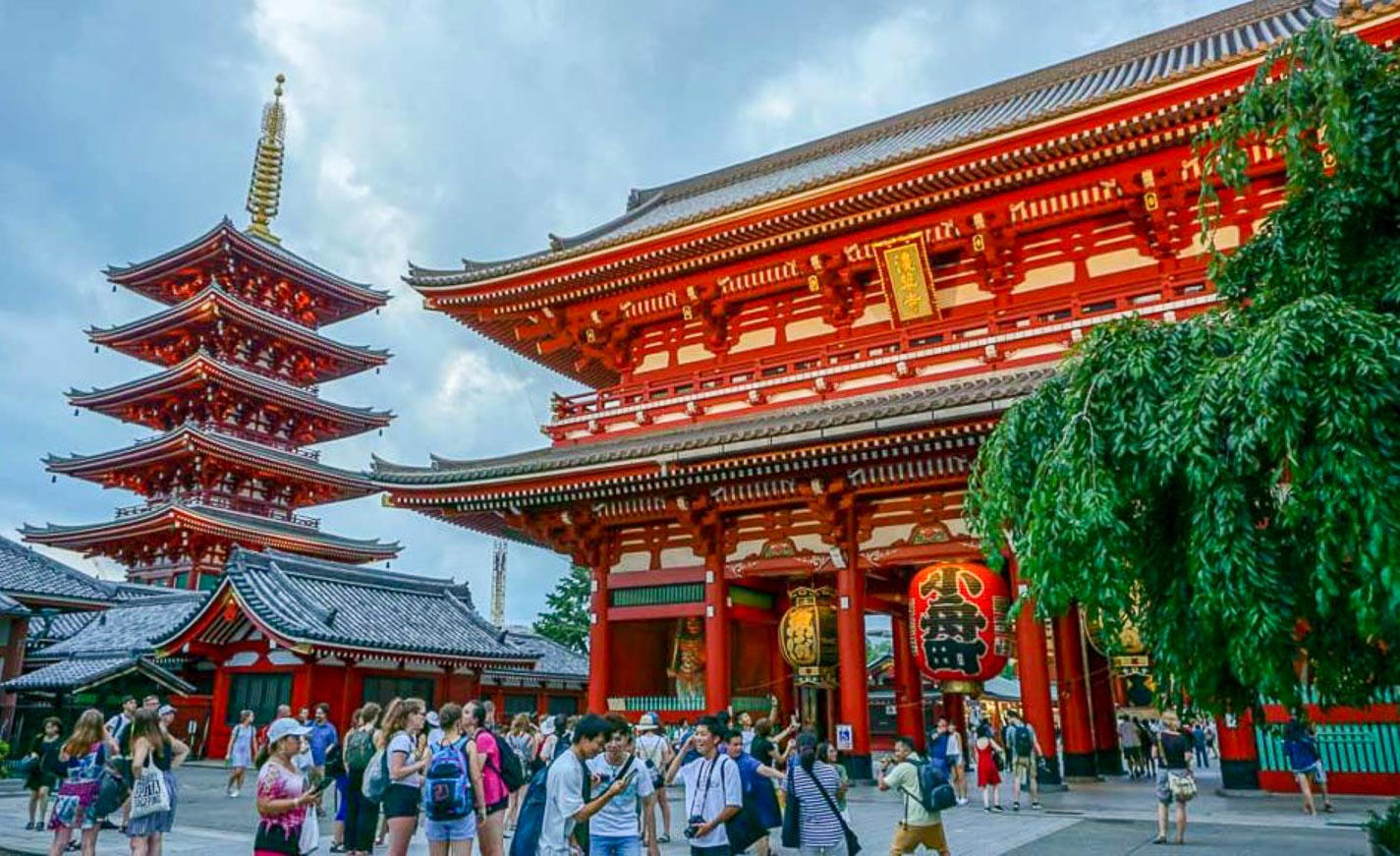
In the latest updates , Japan has announced the removal of most of its travel rules for visitors starting 11 Oct 2022! Here’s all you need to know when travelling from Singapore to Japan 👇
[UPDATED 24 Nov 2022]
A lot has changed since May 2022, when Japan welcomed its first visitors since Covid over a trial tourism programme. Finally, as of 11 October 2022, restrictions on individual travel are removed.
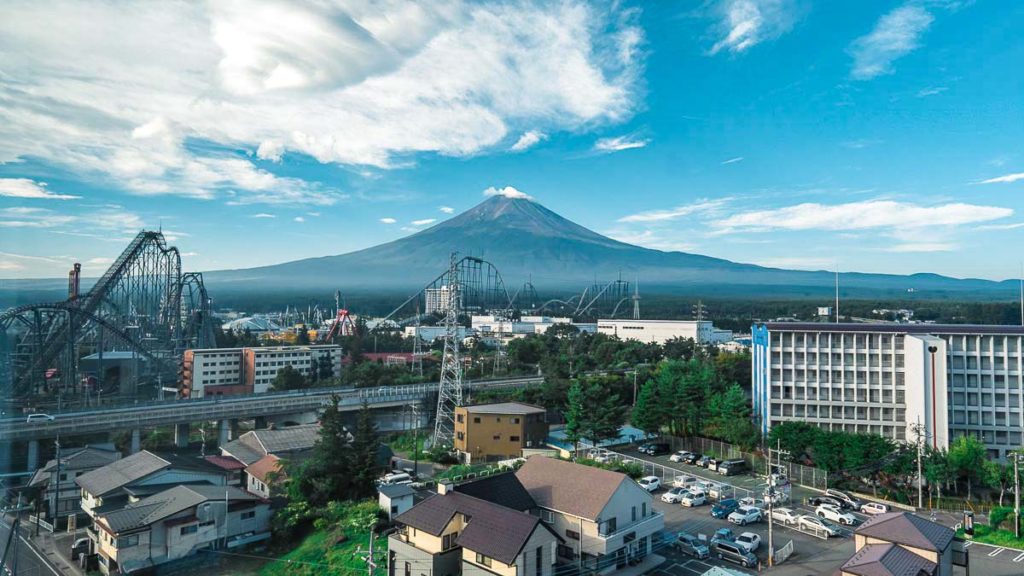
As of now, it is still mandatory to wear your mask both indoors and outdoors, so be sure to bring sufficient of them! Here’s a quick summary of what you need before travelling to Japan from Singapore.
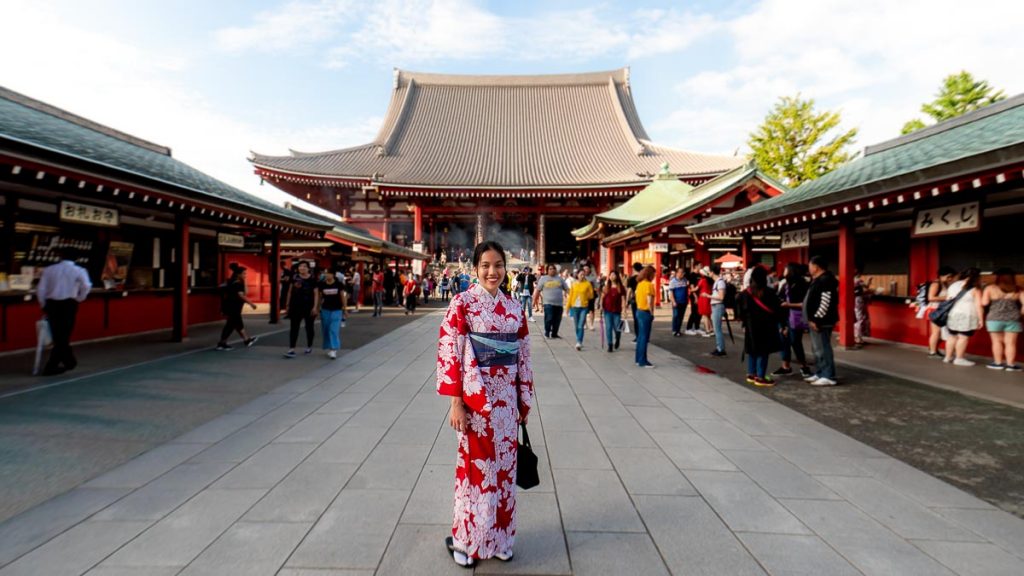
1) Register for “Visit Japan Web”
Fill in your vaccination status and other details on the Visit Japan Web page to skip the airport queues and facilitate a smooth entry into Japan.
Previously, travellers were required to join a tour group to enter Japan for leisure. But from 11 Oct 2022, travellers are free to explore Japan independently — without coordinating via a travel agency. This means we’re back to spontaneous backpacking trips 🥳
2) Vistors from Singapore can enter Japan visa-free
Due to Covid-19 regulations, all travellers entering Japan had to apply for a visa. However, with the latest announcements in October, Japan will be reinstating visa-free travel!
Travellers from Singapore can once again stay as long as 90 days without going through the hassle of a visa application.
3) More airports in Japan open to international flights
Besides Tokyo’s Narita Airport, you can now enter Japan via Hokkaido’s New Chitose Airport and Okinawa’s Naha Aiport too ✈️
4) Pre-departure PCR test to Japan has been scrapped
For those with three doses of approved vaccines , you no longer have to present a negative PCR test conducted within 72 hours of departure to Japan.
5) No more on-arrival Covid-19 tests and quarantine
Some good news — all on-arrival PCR tests and quarantine orders have been scrapped for travellers from Singapore, regardless of vaccination status.
You can start exploring the city upon arrival as you don’t have to undergo isolation while waiting for a negative result.
Planning your Japan Itinerary?
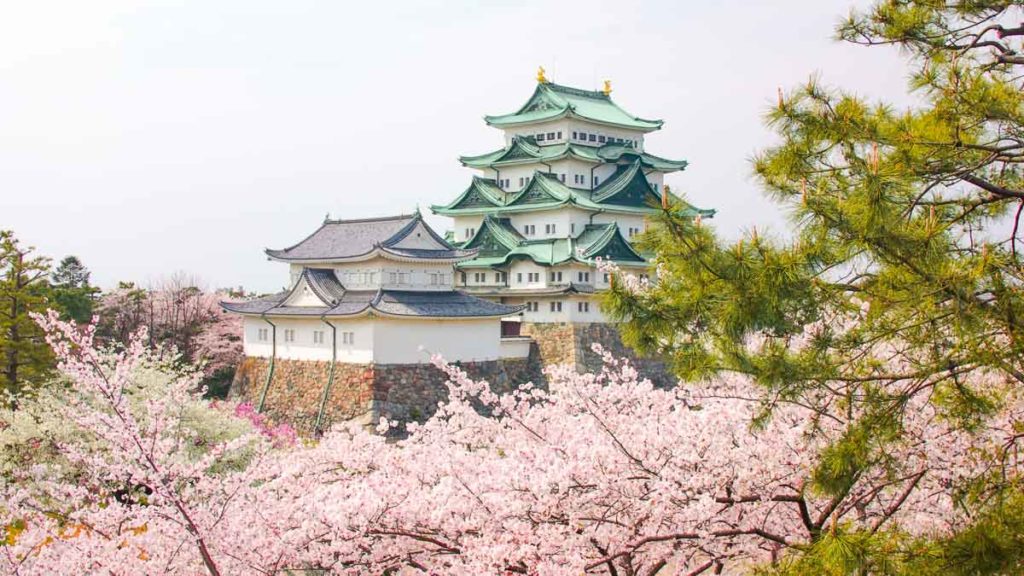
With the announcement of Japan lifting almost all of its travel restrictions, we’re excited to explore its national parks and also climb Mount Fuji once again 🗻!
Need help with planning your Japan itinerary? Check these out: – For first-timers: 10-Day Japan Itinerary — Tokyo to Osaka With The JR Pass for $1.1k – West Japan: 8-Day Japan Itinerary: 9 Cities in Kansai for Under S$900 – Winter chasers: 8-Day Japan Winter Itinerary For Less Than S$1.2k — Fox Village, Snow Monkey Park, Gassho Houses – A different side of Japan: 6-Day Kyushu Itinerary — a Quieter Side of Japan (Fukuoka, Kagoshima, Beppu)
The rules and regulations change regularly, so look out for more info about booking a trip to Japan on the Ministry of Foreign Affairs or Japan Tourist Board websites.
Which part of Japan are you excited to visit first? Share with us in the comments!
Like what you see? Follow us on Facebook , Instagram , YouTube , and Telegram for more travel updates!
View this post on Instagram A post shared by thetravelintern.com 🇸🇬 (@thetravelintern)
RELATED ARTICLES MORE FROM AUTHOR
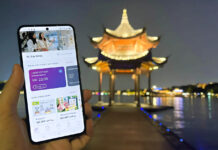
How to Pay in China Without WeChat or Alipay — New Cashless Solution For Singaporeans

31 New Deals and Attractions in Singapore this April 2024
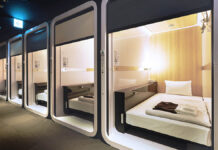
Top 11 Stunning Yet Budget-Friendly Tokyo Capsule Hotels (from ~S$40/night)

Tokyo Vs Osaka: Why Are These Two Popular Japanese Cities so Different — Cultures Explained
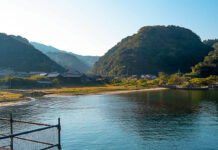
Hiroshima and San’in Guide — Going Beyond Tokyo/Osaka to Find Japan’s Best Hidden Gems

Tokyo Disneyland and DisneySea Guide (2024) — Maximise your Tokyo Disney Day with these 12 Tips and Tricks
Non guided tours? I do not understand this part. If we sign up for non guided tours, who is responsible for our meals, tour attractions, transport and so on? Are you able to explain further on this matter? Thanks!
Hi Danny, non-guided tours are self-guided tours without a tour guide or tour escort. Basically, you’re free to roam around on your own. Regarding who’s responsible for meals and other aspects of your tour, it really depends on the tour agencies you’re booking with and what their tour packages include. Hope this answers 🙂
Thank you for your reply Edelyn. Does it mean, before anyone can enter Japan now, we have to sign up for local tours with the travel agency at my country first before applying for visa, right?
It’s like forcing us to pay and go on tours which I have been to (I visit Japan 3-4 times a year every year for the last 20 years). It means, I still can’t just buy an air ticket and roam by myself freely. Am I right on this part?
Unguided tours is a hassle when some don’t speak Japanese, not everyone know the transport system well and how to go about to the attraction place. Ordering food is also a hassle for some.
Every traveller to Japan will have to apply for visa to Japan now — including Singapore passport holders, which used to be visa-free before covid. Visa applications are also only available via travel agencies, that’s why travellers will have to book their trips with travel agencies for now. No fret for travellers who aren’t familiar with Japan, as there are still guided tours available with travel agencies for travellers who prefer guided tours with chaperones and set itineraries 🙂
Hi, saw your comment that more airports in Japan are now open to international flights – and you’ve listed only three locations. KIX airport in Osaka has flights available for booking to and fro from Singapore, that does not mean tourists are not able to book these flights right?
Heyo it’s possible! We were just using Tokyo as an example. There are many flights to Japan now.
Hello Just to confirm that pre covid RT PCR test is no longer needed right?
Yes it’s no longer needed as long as you have 3 doses of the approved vaccines
I have only two doses but plan to take pcr test upon arrival, can enter Japan ?
LEAVE A REPLY Cancel reply
Save my name, email, and website in this browser for the next time I comment.

Tulipmania is Back at Gardens by the Bay from 29 April...

11 Unique Things to Do in South Australia — Quirky Wineries,...

7 Boutique Hotels in Singapore For an “Out of the Country”...

How to Pay in China Without WeChat or Alipay — New...

11 Things to do in Clark, Philippines — A Quiet Adventure...

- Terms Of Use
- Privacy Policy
Cookies on GOV.UK
We use some essential cookies to make this website work.
We’d like to set additional cookies to understand how you use GOV.UK, remember your settings and improve government services.
We also use cookies set by other sites to help us deliver content from their services.
You have accepted additional cookies. You can change your cookie settings at any time.
You have rejected additional cookies. You can change your cookie settings at any time.
- Passports, travel and living abroad
- Travel abroad
- Foreign travel advice
Warnings and insurance
The Foreign, Commonwealth & Development Office ( FCDO ) provides advice about risks of travel to help British nationals make informed decisions. Find out more about FCDO travel advice .
Before you travel
No travel can be guaranteed safe. Read all the advice in this guide and any specific travel advice that applies to you:
- women travellers
- disabled travellers
- LGBT+ travellers
Follow and contact FCDO travel on Twitter , Facebook and Instagram . You can also sign up to get email notifications when this advice is updated.
Travel insurance
If you choose to travel, research your destinations and get appropriate travel insurance . Insurance should cover your itinerary, planned activities and expenses in an emergency.
Related content
Is this page useful.
- Yes this page is useful
- No this page is not useful
Help us improve GOV.UK
Don’t include personal or financial information like your National Insurance number or credit card details.
To help us improve GOV.UK, we’d like to know more about your visit today. We’ll send you a link to a feedback form. It will take only 2 minutes to fill in. Don’t worry we won’t send you spam or share your email address with anyone.
Everyone is visiting Japan. An extended currency slump means the tourists will just keep coming.
- Japan's weak currency is boosting tourism, with a record-breaking 3.1 million visitors in March.
- The devalued yen is encouraging tourists to spend more on luxury goods.
- The currency is negatively impacting outbound travel, with more Japanese tourists staying in the country.

Japan is a beloved tourist spot . A weak currency is ensuring that it will remain that way for foreigners.
The country just broke its pre-pandemic tourist record, with 3.1 million foreign visitors in March. The government said it's on track to surpass 2025's target of 32 million annual foreign visitors this year, after 8.6 million tourists visited in the first quarter of 2024.
Japan opened to tourists in October 2022, after over two years of strict, pandemic-induced border restrictions. Pent-up demand, combined with a cheaper currency, has fueled the record number of visitors.
Related stories
Tourists are staying longer and spending more due to the weak yen, which makes it cheaper for foreigners to purchase accommodation, activities, food, and gifts. The yen has fallen nearly 10% year-to-date , compared to the dollar.
Japan's currency has been depreciating largely due to high interest rates in the US, which makes the dollar more attractive to investors. A historic rate hike in Japan last month — the first since 2007 — did little to reverse the downward trend.
Japan is a tourist hot spot because of its status as a culture and entertainment icon, its natural wonders, and its unique cuisine. Tourists from South Korea, China, Taiwan, and the US made up the biggest portion of foreign visitors in March, according to Japan's National Tourism Organization.
Japanese carriers like Japan Airlines and ANA plan to cash in on the tourism boom by running more routes from Asia.
The sharp decline of the yen has also expanded demand for luxury goods. Foreign tourists are taking advantage of the currency discount by snapping up cheaper products in Japan from premium brands such as Swiss watchmaker TAG Heuer, Chanel, and Prada, Bloomberg reported earlier this month.
While the weak yen creates a sweet spot for foreigners, it is severely hurting Japanese travelers.
The number of outbound travelers was less than half the number of inbound travelers in March, per the National Tourism Organization. Outbound Japanese travel was down 37% last month compared to the same period in 2019, though it ticked up from February, the agency's data shows.
High airfare costs and low buying power is compelling more locals to skip international travel in favor of domestic locations.
Watch: Japanese denim is costly, but it's considered one of the best denims in the world. Here's why.
- Main content

All Nippon Airways Earns Record $1.3 Billion Profit in FY2023
- ANA saw record revenue and profitability in FY2023, driven by strong travel demand and cost management initiatives.
- International passenger revenue surpassed domestic for the first time, with 69.4% more passengers YoY.
- Low-cost carrier Peach Aviation also boomed, with revenue climbing 53% and passenger load factor soaring to 86.7%.
One of the last regions in the world to fully open for travel was Northeast Asia, where countries including China, Taiwan, South Korea and Japan lagged the globe by around 12 months in fully reopening borders. Once the restrictions were lifted, international travel took off sharply, particularly in Japan, much to the delight of both Japan Airlines and All Nippon Airways.
All Nippon Airways Adds Flights To 3 More European Airports In 2024
Some record-breaking numbers.
Last Friday, All Nippon Airways released its financial results for the 12 months ending March 31, 2024 (FY2023), revealing record operating income and a first-time operating profit margin of over 10%. Parent company ANA Holdings Inc. attributed these record-breaking results to strong travel demand and the airline's sustained application of cost management initiatives.
Consolidated operating revenue rose by 20% year-on-year (YoY) to reach Y2.1 trillion ($13.26 billion), leading to a record operating income of Y208 billion ($1.3b) while net profits nearly doubled to Y157 billion ($991 million). Passenger demand continued to recover despite concerns about the geopolitical issues in Ukraine and the Middle East and their impact on airline operations. In its announcement, ANA added:
"Against the backdrop of factors such as the change in the status of COVID-19 to a category 5 infectious disease in Japan, both international and domestic passenger services performed well, supported by strong demand for inbound travel to Japan and domestic leisure demand, leading to significantly higher operating revenue compared to the previous fiscal year."
International passenger revenue reached a record high of Y728.1 billion ($4.6 billion), surpassing domestic revenue for the first time. ANA carried 7.1 million international passengers, a rise of 69.4% YoY, while international available seat kilometers rose 54% and revenue passenger kilometers rose 56%, leading to a passenger load factor of 77.3% compared to 73.6% in FY 2022.
ANA continued to expand its flight operations during FY2023, resuming selected China routes, including the Haneda-Beijing and Haneda-Shanghai (both Pudong and Hongqiao) routes in April and the Tokyo Narita to Perth route in October. In December, ANA also began operating the Haneda-Honolulu route with two daily roundtrips on the Airbus A380 FLYING HONU aircraft.
All Nippon Airways Will Launch An NFT Business
Domestic and peach also boomed.
Domestic passenger revenue climbed by 21.8% to Y645 billion ($4.1 billion) as the airline carried 40.7 million domestic passengers, an 18% YoY increase. Domestic ASKs rose by 8.7% and RPKs by 18.2%, pushing the passenger load factor from 64.5% to 70.2% in FY2023. The airline said that domestic passenger volume and revenue increased year-on-year as it actively captured leisure demand with its ANA SUPER VALUE sales and other measures and by using larger aircraft, especially on weekends and holidays.
Low-cost carrier Peach Aviation also increased passengers and revenue from FY2023 by actively capturing inbound travel demand to Japan on international routes and strong leisure demand on domestic routes. It also expanded international operations with an increase in the number of flights on the Kansai-Hong Kong and Kansai-Taipei routes in September.
Peach resumed the Kansai-Shanghai and the Haneda-Shanghai (Pudong) routes in May and the Kansai-Kaohsiung route in August, bringing back all of the routes departing to/from Haneda and Kansai airports that were suspended due to the pandemic. FY2023 revenue climbed 53% to Y138 billion ($871.5 million) as the airline carried 9.3 million passengers. ASKs rose by 10% and RPKs by 29.9%, which sent the passenger load factor soaring by 13.2 percentage points to 86.7%, compared to last year's 73.5%.
Have you flown with Peach? Let us know in the comments.
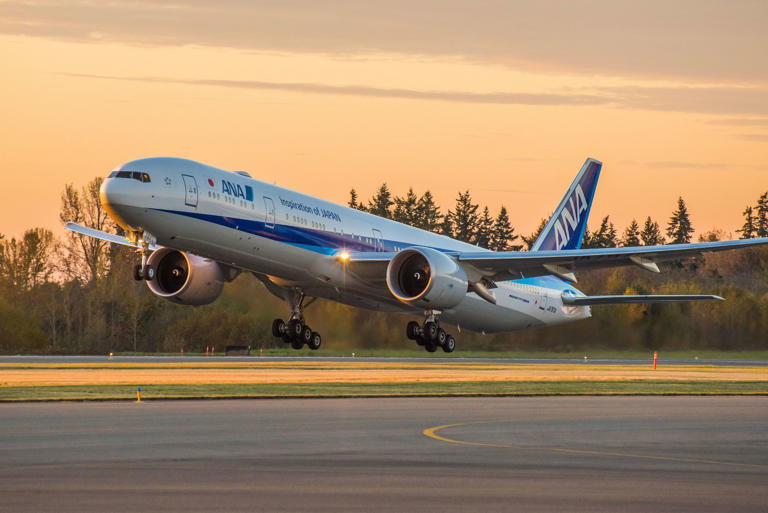
- Media & Industry
- Meetings & Events
- Select Language 简体中文 繁體中文(香港) 繁體中文(臺灣) India (English) Bahasa Indonesia 한국어 ภาษาไทย Tiếng Việt Singapore (English) Philippines (English) Malaysia (English) Australia/New Zealand (English) Français Deutsch Italiano Español United Kingdom (English) Nordic countries(English) Canada (English) Canada (Français) United States (English) Mexico (español) Português العربية Japan(日本語) Global (English)
- India (English)
- Bahasa Indonesia
- Singapore (English)
- Philippines (English)
- Malaysia (English)
- Australia/New Zealand (English)
- United Kingdom (English)
- Nordic countries(English)
- Canada (English)
- Canada (Français)
- United States (English)
- Mexico (español)
- Global (English)
- Fujiyoshida
- Shimonoseki
- Ishigaki Island
- Miyako Island
- Kerama Island
- Tokyo Island
- Koka & Shigaraki
- Hida Takayama
- Ginza, Nihonbashi
- Beppu & Yufuin (Onsen)
- Ginzan Onsen
- Nagasaki Islands

- Kumano Kodo
- Shikoku Karst
- Amami Oshima
- Hachimantai
- Omihachiman
- Aizuwakamatsu

- Diving in Japan
- Skiing in Japan
- Seasonal Flowers in Japan
- Sustainable Outdoors
- Off the Beaten Track in Japan
- Scenic Spots
- World Heritage
- Home Stays & Farm Stays

- Japanese Gardens
- Japanese Crafts
- Temple Stays
- Heritage Stays
- Festivals and Events
- Theater in Japan
- Japanese Tea Ceremony
- Cultural Experiences in Japan
- Culture in Japan

- Local Cuisine Eastern Japan
- Local Cuisine Western Japan
- Local Street Food
- Japan's Local Ekiben
- Japanese Whisky
- Vegetarian and Vegan Guide
- Sushi in Japan Guide
- Japanese Sake Breweries

- Art Museums
- Architecture
- Performing Arts
- Art Festivals
- Japanese Anime and Comics
- Japanese Ceramics
- Local Crafts

- Scenic Night Views
- Natural Wonders
- Theme Parks
- Samurai & Ninja
- Iconic Architecture

- Wellness Travel in Japan
- Japanese Ryokan Guide
- A Guide to Stargazing in Japan
- Relaxation in Japan
- Forest Bathing (Shinrin-yoku)

- Experiences in Japan
- Enjoy my Japan
- National Parks
- Japan's Local Treasures
- Japan Heritage
- Snow Like No Other
- Wonder Around Japan

- Visa Information
- Getting to Japan
- Airport Access
- COVID-19: Practical Information for Traveling to Japan
- Anime Tourism
- Countryside Stays
- Accessible Tourism
- Hokkaido Great Outdoors
- Scenic World Heritage in Tohoku
- Shikoku’s Nature and Traditions
- Southern Kyushu by Rail

- Traveling by Rail
- How to Travel by Train and Bus
- JR Rail Passes
- Scenic Railways
- Renting a Car
- Sustainable Travel in Japan
- Travel Brochures
- Useful Apps
- Online Reservation Sites
- Eco-friendly Accommodation
- Luxury Accommodations
- Traveling With a Disability
- Hands-free Travel
- How to Book a Certified Tour Guide
- Volunteer Guides
- Tourist Information Center

- Japanese Manners
- Spring in Japan
- Summer in Japan
- Autumn in Japan
- Winter in Japan
- Cherry Blossom Forecast
- Autumn Leaves Forecast

- Japan Visitor Hotline
- Travel Insurance in Japan
- Japan Safe Travel Information
- Accessibility in Japan
- Vegetarian Guide
- Muslim Travelers
- Safety Tips

- JAPAN Monthly Web Magazine
- Arts & Cultures
- Nature & Outdoor
- Festivals & Events
- Insider Blog
- Things to do
- Local Guides
- Food & drink
- Traditional
- Hokuriku Shinetsu

My Favorites
${v.desc | trunc(25)}
Planning a Trip to Japan?
Share your travel photos with us by hashtagging your images with #visitjapanjp

FAQ Frequently asked questions about traveling to Japan
All information here is gathered from the relevant authorities. Due to the regularly changing situation, it is essential for you to always check and follow the latest guidance.
Last updated: Wednesday, May 31st, 2023
Before Departure
After arrival, did this information help you.
out of found this information helpful.
Thank you for your feedback.
Other useful information.
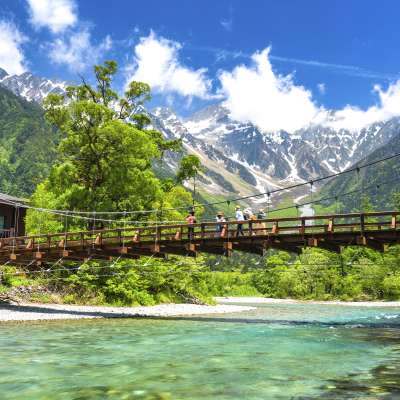
Please Choose Your Language
Browse the JNTO site in one of multiple languages
- International edition
- Australia edition
- Europe edition

First scientist to publish Covid sequence in China protests over lab ‘eviction’
Zhang Yongzhen stages sit-in protest, as government attempts to avoid scrutiny over handling of outbreak
The first Chinese scientist to publish a genomic sequence of the Covid-19 virus, in defiance of government orders, has been staging a sit-in protest after claiming he was locked out of his laboratory.
Zhang Yongzhen, a virologist, said in an online post on Monday that he and his team had been given a sudden eviction notice from their lab, and guards had barred him from entering it over the weekend. The post, published on Weibo, was later deleted, Associated Press (AP) reported.
Zhang has been sitting outside the lab since Sunday. Photos posted online show a man purported to be Zhang sleeping on the ground.
Zhang published his scientific findings about Covid-19 without government approval in January 2020. He and his team have since been subject to a series of setbacks, demotions and oustings, of which the eviction appears to be the latest.
The Shanghai Public Health Clinical Center said in a statement that Zhang’s lab was closed for “safety reasons” and renovations. It said Zhang’s team had been given alternative lab space.
However, Zhang said the offer was not made until after his team was evicted, and that the new lab did not meet the team’s required safety standards.
“I won’t leave, I won’t quit, I am pursuing science and the truth!” he said in the since-deleted Weibo post. “The Public Health Center are refusing to let me and my students go inside the laboratory office to take shelter.”
Teacher Li, who runs an information-sharing and activism-monitoring account on X, said students had protested against the closure and clashed with security guards.
Zhang, when reached by phone on Tuesday, said it was “inconvenient” for him to speak, but a colleague confirmed to AP on Monday the protest was taking place.
The move shows how the Chinese government continues to pressure and control scientists, seeking to avoid scrutiny of its handling of the coronavirus outbreak .
After sequencing the virus on 5 January 2020 Zhang and his team initially sent a notice to Chinese authorities warning of its potential to spread. The next day his lab was temporarily shut down by China’s top health official.
Foreign scientists called for Zhang and other Chinese scientists to be allowed to publish the sequencing. The following week Zhang published his sequence – without authority – allowing global health authorities to begin testing for Covid-19, finding that it was spreading outside China. It also kickstarted the development of tests, vaccinations and other pandemic measures.
Internationally Zhang was lauded, receiving prizes in recognition of his work, but domestically he came under pressure. He was barred from collaborating with some former research partners and removed from his post at the Chinese Center for Disease Control and Prevention.
During the pandemic, the government also arrested citizen journalists who sought to report on the impact of the outbreak on people and hospitals.
In 2021 Zhang told the New York Times he did not regret his actions. “I trusted myself. I have so much experience, my team has made so many discoveries over the years, that we were able to make accurate judgments,” he said.
Zhang’s team appeared to receive a lot of public support on Weibo, where related hashtags were viewed by tens of millions of Chinese. “How can the country develop if we treat scientific researchers like this?” one said.
Some article links appeared to have been removed since they were posted but extensive discussion of Zhang’s dispute with the Shanghai health authority remained online on Tuesday afternoon.
- Coronavirus
- Infectious diseases
- Asia Pacific
- Medical research
- Microbiology
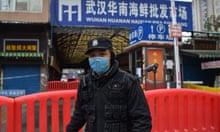
Newly released Chinese Covid data points to infected animals in Wuhan

Doctor who exposed China’s cover-up of Sars crisis dies aged 91
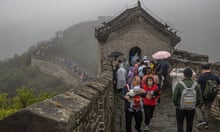
China to reopen to foreign tourists for first time since Covid crisis

Detained activist fears for missing zero-Covid protesters in China
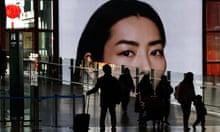
China claims ‘decisive victory’ over Covid amid doubt over figures
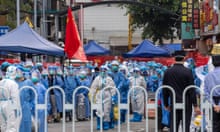
China’s provinces spent almost £43bn on Covid measures in 2022

Eight in 10 people in China caught Covid since early December, say officials

Chinese flock to Hong Kong to get private Covid booster shots

Chinese warned not to visit elderly relatives as Covid spreads from cities
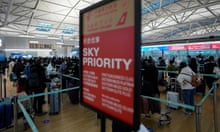
China halts short-term visas for South Korea and Japan over Covid travel curbs
Most viewed.
- Work & Careers
- Life & Arts
Hong Kong joins global crypto ETF race

- Hong Kong joins global crypto ETF race on x (opens in a new window)
- Hong Kong joins global crypto ETF race on facebook (opens in a new window)
- Hong Kong joins global crypto ETF race on linkedin (opens in a new window)
- Hong Kong joins global crypto ETF race on whatsapp (opens in a new window)
William Langley and Chan Ho-him in Hong Kong
Simply sign up to the Cryptocurrencies myFT Digest -- delivered directly to your inbox.
Latest news on ETFs
Visit our ETF Hub to find out more and to explore our in-depth data and comparison tools
Hong Kong’s first spot cryptocurrency exchange traded funds started trading on Tuesday, as the Asian financial hub takes on the US in the race to dominate the growing market.
The rollout follows the launch of similar products in the US by groups including BlackRock and Fidelity Investments in January, which have drawn billions of dollars of investment and helped push the price of bitcoin to a record high of more than $73,000 in March.
The Hong Kong units of three mainland Chinese asset managers — Bosera Asset Management, Harvest Global Investments and China Asset Management — each launched two ETFs tracking bitcoin and ether prices. The Bosera funds were launched in partnership with HashKey Capital.
The three bitcoin ETFs each closed between 1.5 per cent and 1.8 per cent higher on their debut, while the ether ETFs lost between 0.5 per cent and 0.8 per cent. Total trading turnover across the six ETFs — including trading in US dollars, Hong Kong dollars and renminbi — came in at about HK$99.5mn (US$12.7mn). Turnover on the first day of trading for the US funds exceeded $4bn.
Hong Kong announced its push to become a cryptocurrency hub in 2022 after years of pandemic restrictions and Beijing’s tightening grip on the city tarnished its image as a global financial centre.
“This is the first time that virtual asset spot products have been launched in the Asian market . . . verifying Hong Kong’s leading position in Asia in the development of crypto assets,” said Joseph Chan, Hong Kong’s under-secretary for financial services and the treasury, at a listing ceremony for the six funds on Tuesday morning.
CSOP Asset Management launched Hong Kong’s first bitcoin and ether futures ETFs in late 2022, while the Securities and Futures Commission published rules for spot ETFs in December.
In January, the US Securities and Exchange Commission approved the country’s first spot bitcoin ETFs. BlackRock’s iShares Bitcoin Trust has more than $17bn in assets under management, according to Bloomberg data, buoyed by billions of dollars in net inflows and sharp gains in digital asset prices this year.
The 11 US-based spot bitcoin ETFs have drawn about $12bn in total net inflows since their launch, according to London-based Farside Investors.
Robert Zhan, director of risk consulting at KPMG China, said the most optimistic forecasts expected the Hong Kong funds to attract more than $3bn in net inflows.
But Zhan added that the relatively flat prices of ether and bitcoin in the lead-up to the ETF launch suggested the targets may be unrealistic given current market sentiments. The price of bitcoin and ether each fell about 1 per cent in the hour following the funds’ listings on Tuesday morning.
Still, the launch of crypto-linked funds by three of China’s largest mainstream asset managers has generated excitement within the industry, despite Beijing’s strict cryptocurrency rules and warnings from mainland authorities and state media against trading digital assets.
China banned all cryptocurrency trading in 2021, but a substantial number of investors still trade the coins using workarounds such as virtual private networks.
Donald Day, chief operating officer at Hong Kong-based digital asset exchange VDX and a former regulator with the city’s SFC, said the funds could cater to active investors unable or unwilling to trade during US hours.
Promoted Content
Follow the topics in this article.
- Bitcoin Add to myFT
- Financial services Add to myFT
- Cryptocurrencies Add to myFT
- Exchange traded funds Add to myFT
- Hong Kong Add to myFT
International Edition

COMMENTS
Document confirmation process on site may require an extended period of time. It is strongly recommended for you to register all information via Visit Japan Web in advance. [For new registration]-From 1st November 2022, you cannot use MySOS. Please use Visit Japan Web.
U.S. citizens needing urgent assistance should contact us by using our inquiry form or phone (03-3224-5000). If you need after-hours assistance in an emergency, please call 03-3224-5000 and ask to speak with the Embassy's duty officer. Emergency Contact Information for U.S. citizens.
23th December, 2022 Japan National Tourism Organization Briefing on the Easing of Travel Restrictions to Japan • All information here is gathered from the relevant authorities. Due to the regularly changing situation, it is essential for you to always check and follow the latest guidance.
Quarantine measures: Review on the on-arrival COVID-19 test and the home quarantine period after entry into Japan From 12:00 am (Midnight/JST) on June 1, 2022, on-arrival test, self-quarantine period, and the place of accommodation after entry into Japan may be changed according to the grouping ("Red", "Yellow", and "Blue" categories) of the countries/regions in which the entrants ...
Applicants have to enter Japan before the deadline, otherwise it becomes invalid. But due to the ever-changing border restrictions, Japan has extended the validity period. For COEs issued between 1st January 2020 to 31st January 2022, they expire on 31st July 2022. T hose issued from 1st February 2022 to 31st July 2022 are valid for six months.
If you're planning to visit Japan, here's your travel checklist for 2022/23 trips. Lonely Planet. Destinations. Planning. Inspiration ... finally open its doors to independent travel following more than two years of some of the world's toughest border restrictions. The country is also bringing back visa-free entry for visitors from more than ...
For general inquiries regarding border measures for entry into Japan; Contact: Ministry of Health, Labor and Welfare. TEL: 03-5253-1111 (Japanese only) For inquiries regarding flight information; Contact: Ministry of Land, Infrastructure, Transport and Tourism, Civil Aviation Bureau, Director for Crisis Management Office. TEL: 03-5253-8700. 3.
People all over have had to white knuckle their cravings for Kobe beef and anime figures since Japan's borders closed in 2019. Thankfully, the government decided to stop hogging all of their awesome stuff on October 11th.. Japan's travel restrictions were lifted in October, meaning that you can enter the country if you provide proof of COVID-19 vaccination or a negative test result taken ...
The basics. It's official: Japan will reopen to tourism on October 11. Ad Feedback. Prime Minister Fumio Kishida announced the news in September at a press conference. "We will lift the ...
Effective 1 March 2022 (00:00 am, JST), Japan is easing border restrictions, allowing foreign new arrivals including business travellers, students, and technical trainees, except tourists, to finally enter Japan. Under the new measures, the daily entry cap will be raised to 5,000 from the current 3,500, and the quarantine period can be ...
Information about entering into Japan. New entry of foreign nationals Visa exemption arrangements have been resumed from 0:00 am (JST) on October 11, 2022. Please refer to 5. Lift of the suspension of visa exemption measures for more details. Suspension of visa validity under the border measures has been also lifted from 0:00 am (JST) on ...
Latest Japan Entry Requirements. Last updated 04 October 2023, 00:00 BST. Summary. Since October 2022, Japan is fully open without the requirement for a visa for most visitors and, since April 2023, vaccination certificates and pre-departure tests are no longer required either. Read on to find out more!
January 20, 2022. Expanded Quasi-State of Emergency. ... For questions regarding the government of Japan's travel restrictions, consult the Ministry of Foreign Affairs website. Follow us on Twitter and Facebook. Assistance: U.S. Embassy Tokyo Telephone: 03-3224-5000, After-Hours: ...
December 27, 2022 5:44 ... on the first day Japan opened its doors to tourists after closing them for two-and-a-half years due to travel restrictions sparked by the outbreak of the coronavirus ...
Sep 23, 2022 Japan will allow visa-free, independent tourism and abolish its daily arrival cap as of Oct. 11, Prime Minister Fumio Kishida said Thursday, marking a major policy shift after nearly ...
Japan travel restrictions have been eased but travelers are asked to follow guidelines with regard to masks, social distancing, dining etiquette, and more. As of April 2023, a proof of vaccination or a negative Covid-19 test are no longer required for all travelers arriving in Japan.
Since September 7, the daily entry cap in Japan has been raised to 50,000 (it gradually raised since early 2022 in a trend that is expected to continue). However, it is not really something to worry about. The limit is indeed on the number of slots allotted to the airlines landing every day in the archipelago.
Summary. 1) Register for "Visit Japan Web". 2) Vistors from Singapore can enter Japan visa-free. 3) More airports in Japan open to international flights. 4) Pre-departure PCR test to Japan has been scrapped. 5) No more on-arrival Covid-19 tests and quarantine.
Still current at: 29 April 2024 Updated: 21 February 2024 Latest update: Removal of outdated information about earthquakes and tsunami at Noto Peninsula ('Warnings and insurance' page) and ...
Japan opened to tourists in October 2022, after over two years of strict, pandemic-induced border restrictions. Pent-up demand, combined with a cheaper currency, has fueled the record number of ...
For December 2022, the Turks and Caicos require visitors 18 years or older to be fully vaccinated. No entry is permitted for unvaccinated tourists. Europe Travel Restrictions.
Consolidated operating revenue rose by 20% year-on-year (YoY) to reach Y2.1 trillion ($13.26 billion), leading to a record operating income of Y208 billion ($1.3b) while net profits nearly doubled ...
In June 2022 the Council adopted a sixth package of sanctions that, among other things, prohibits the purchase, import or transfer of seaborne crude oil and certain petroleum products from Russia to the EU. The restrictions apply from 5 December 2022 for crude oil and from 5 February 2023 for other refined petroleum products.
For Travelers. Information in case of illness or injury. Official announcements from the Government of Japan. Answers to your questions about traveling to Japan and staying safe during COVID-19, including where to get help if you need it.
China's provinces spent almost £43bn on Covid measures in 2022. ... caught Covid since early December, say officials ... visas for South Korea and Japan over Covid travel curbs. 10 Jan 2023 ...
Hong Kong announced its push to become a cryptocurrency hub in 2022 after years of pandemic restrictions and Beijing's tightening grip on the city tarnished its image as a global financial centre.